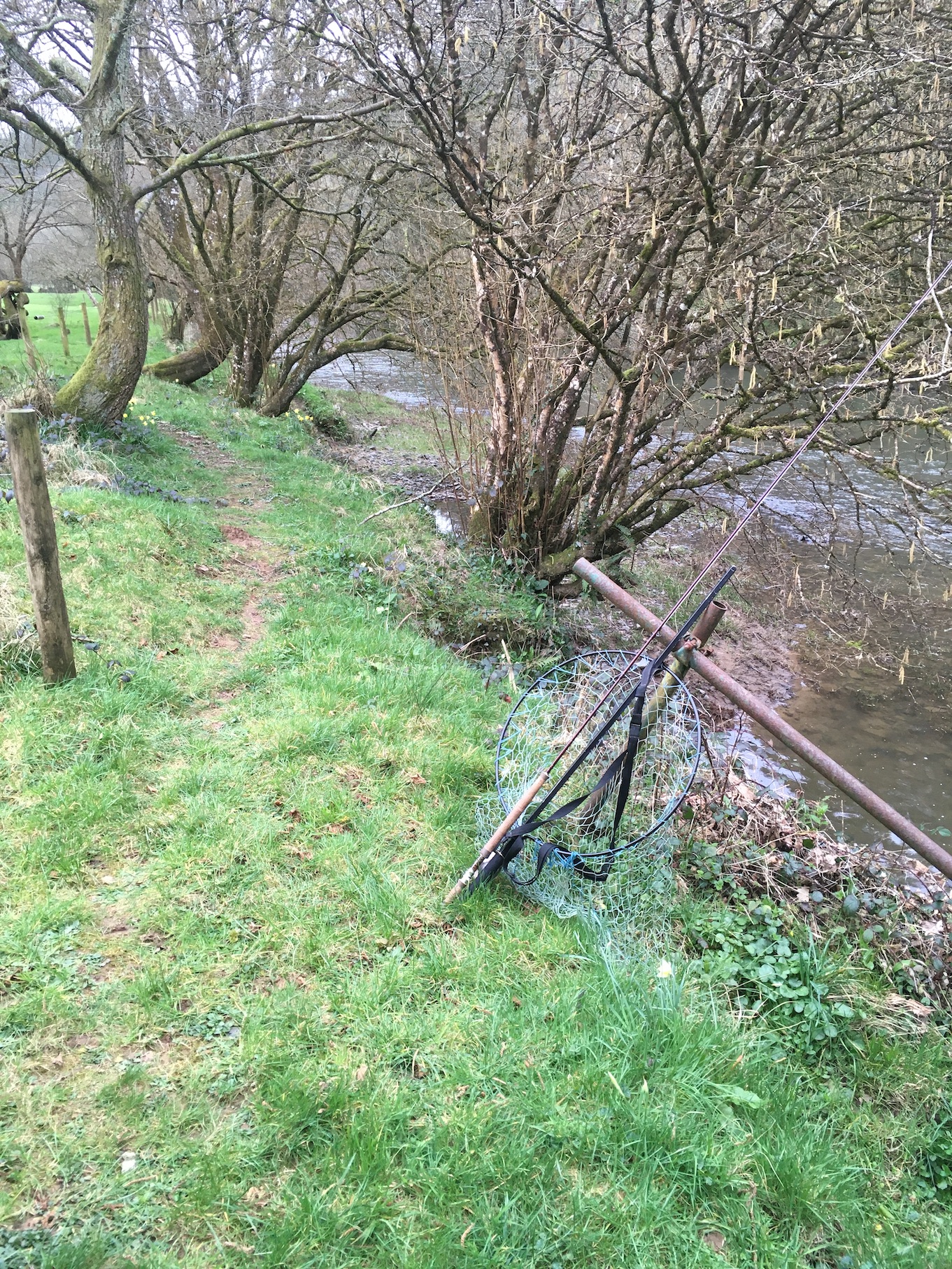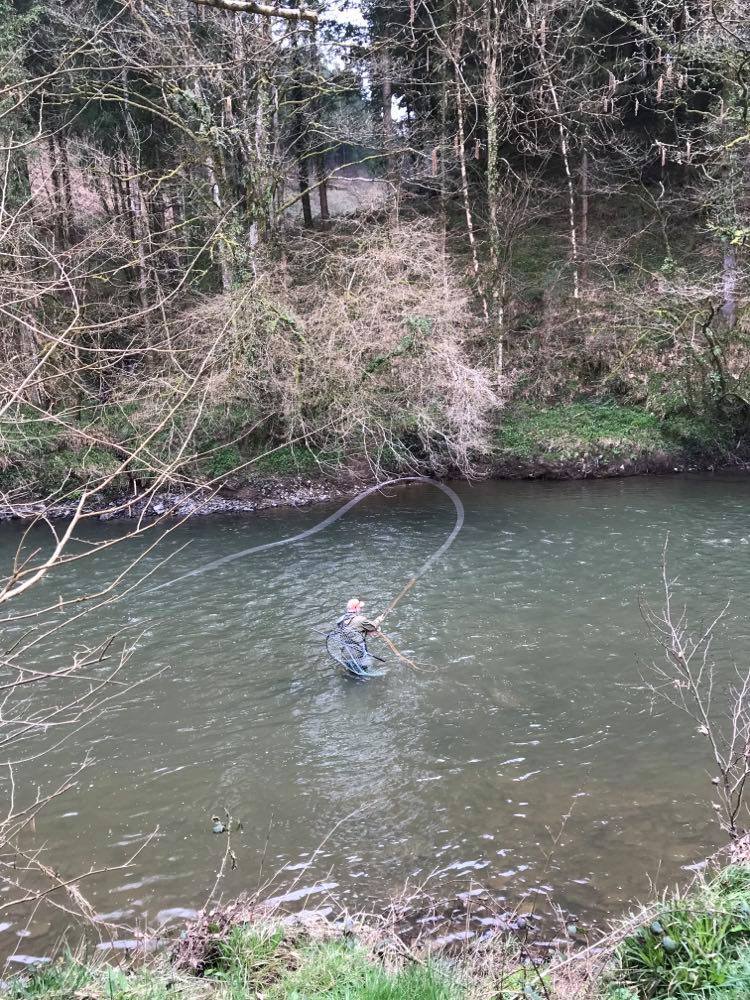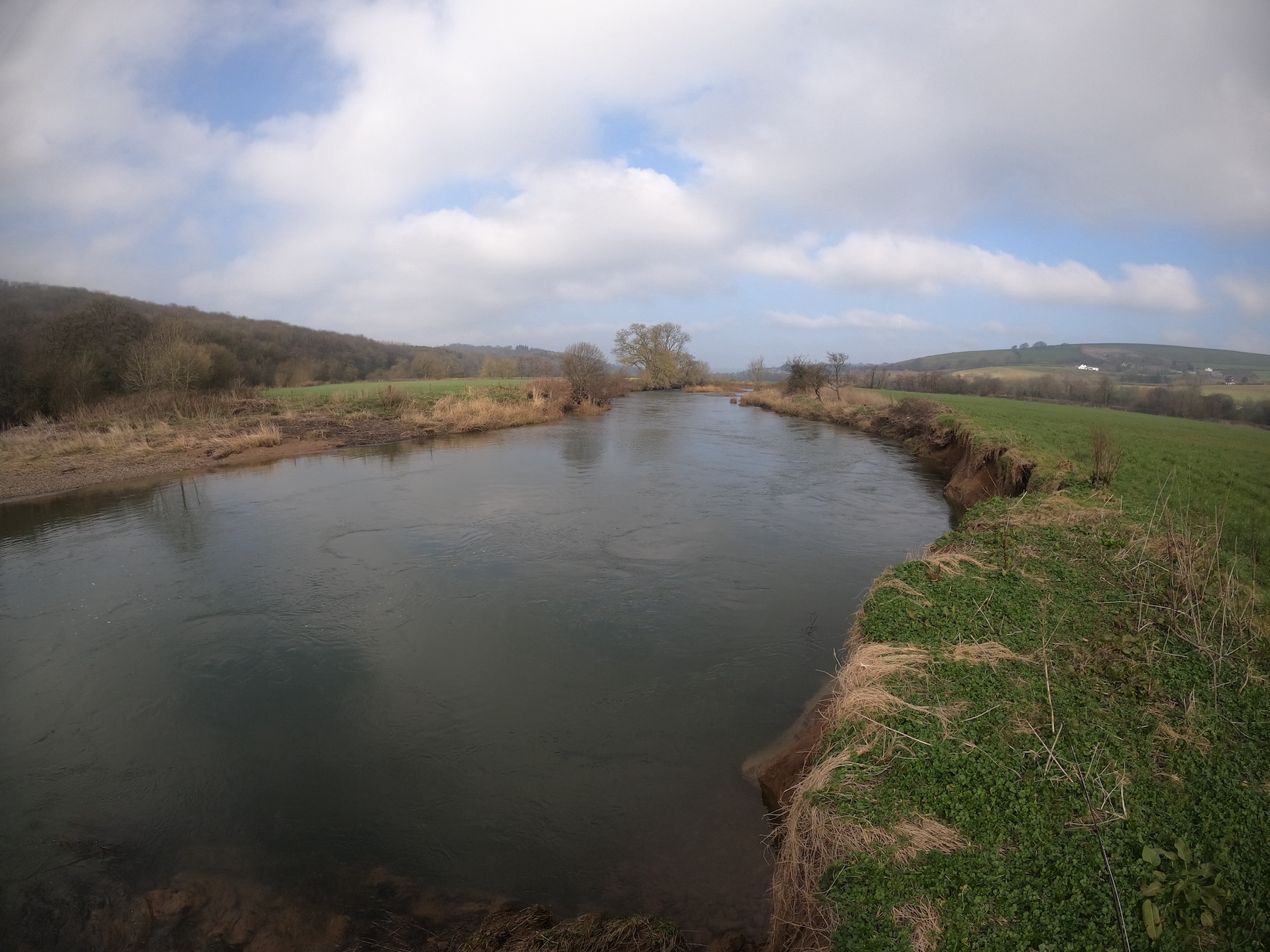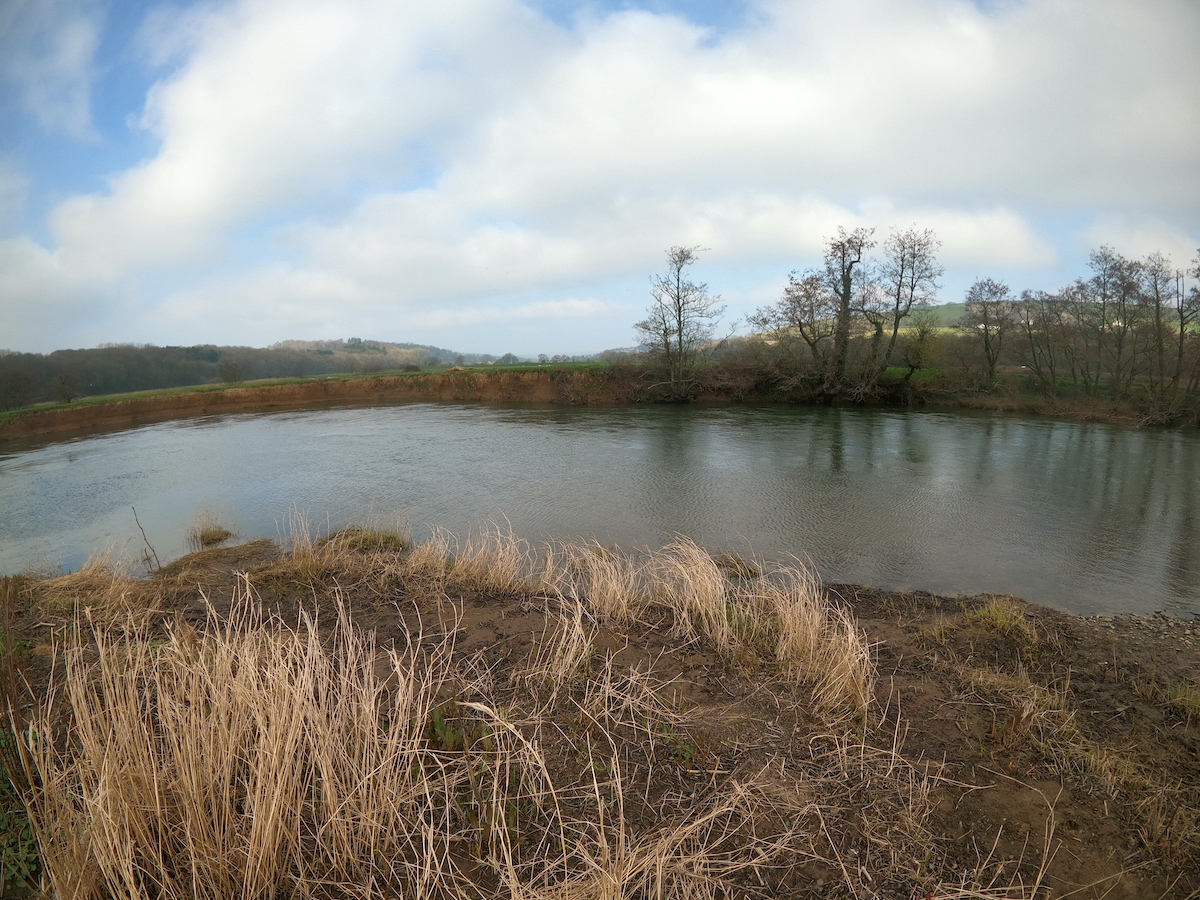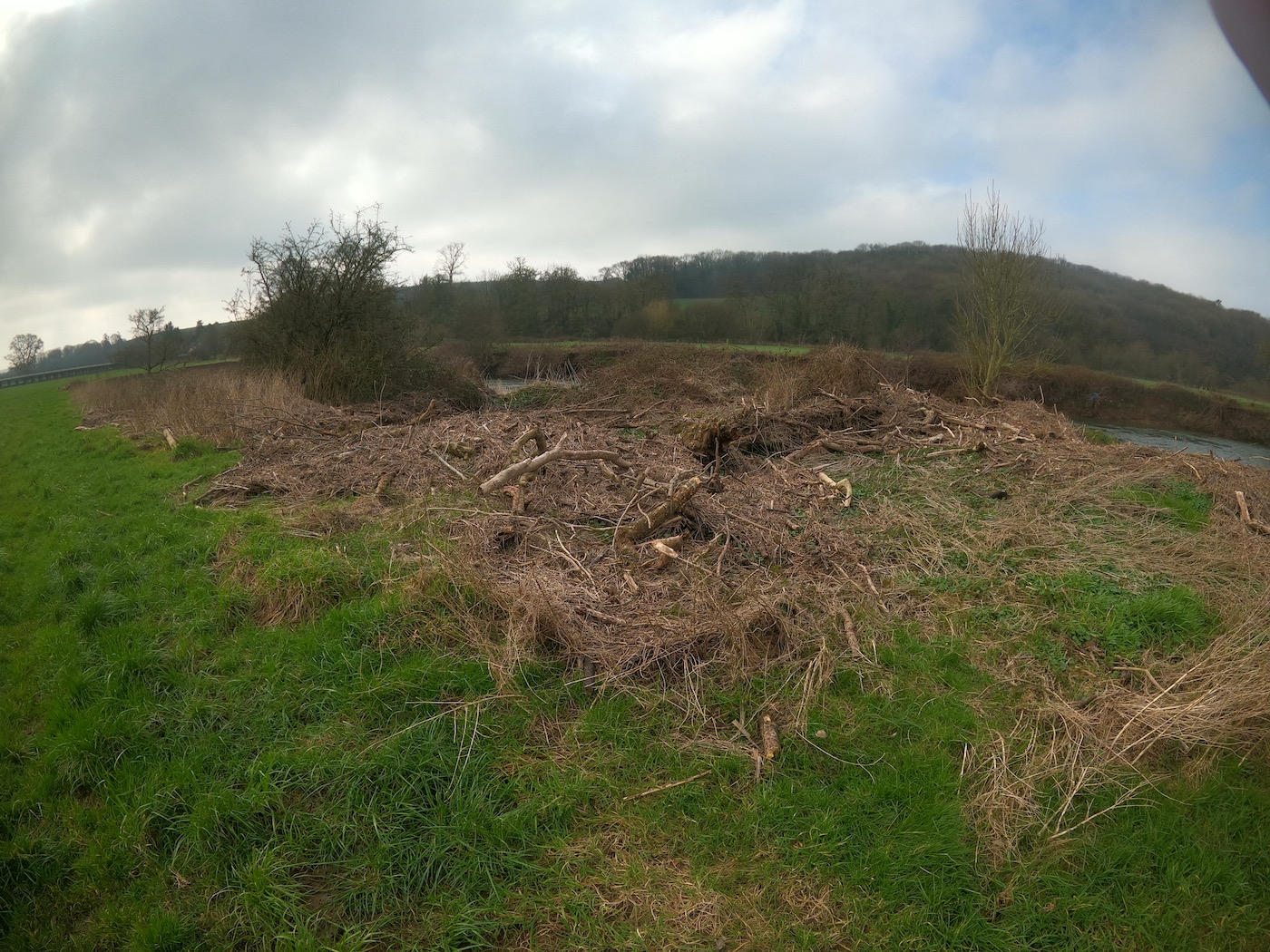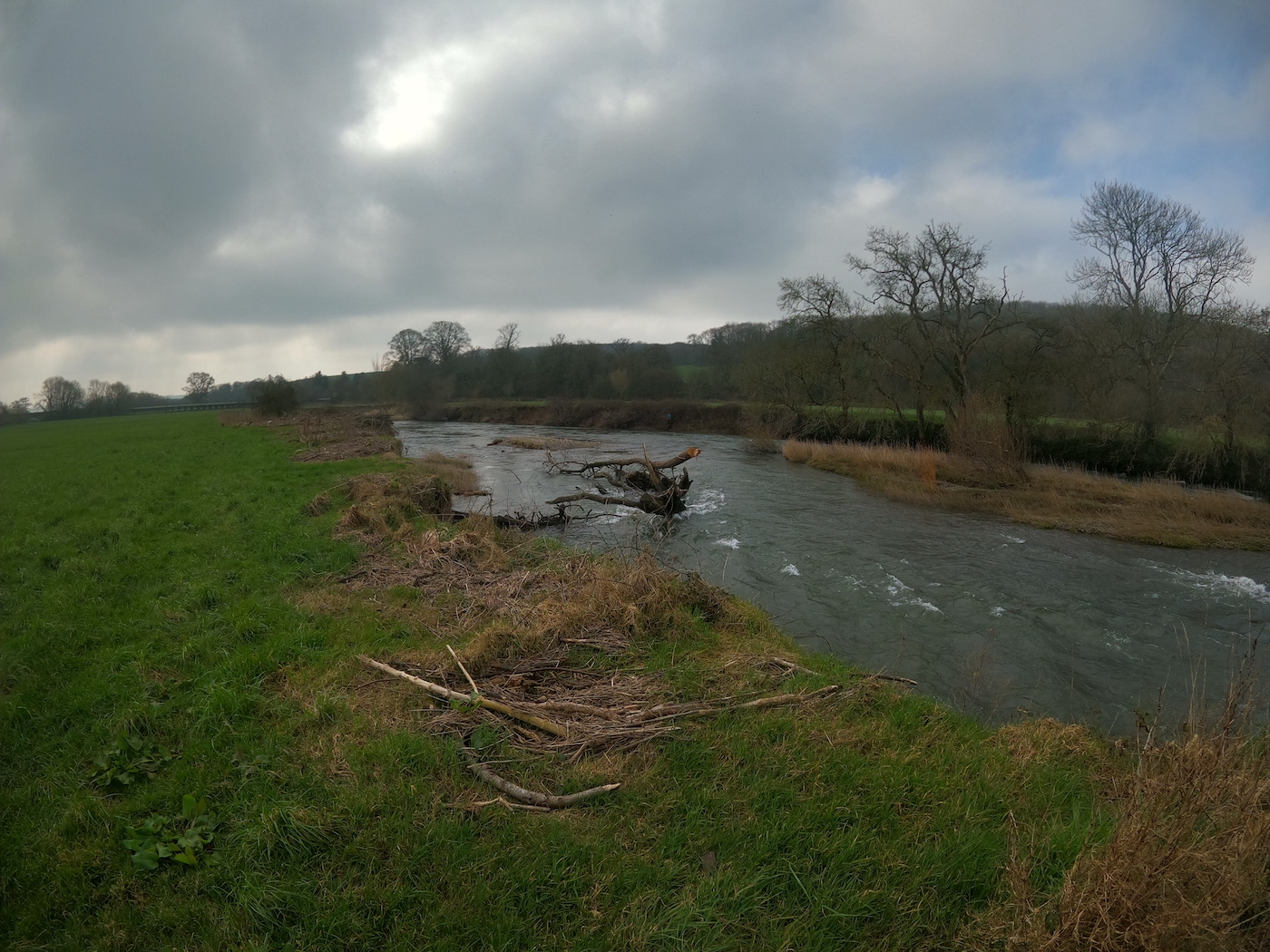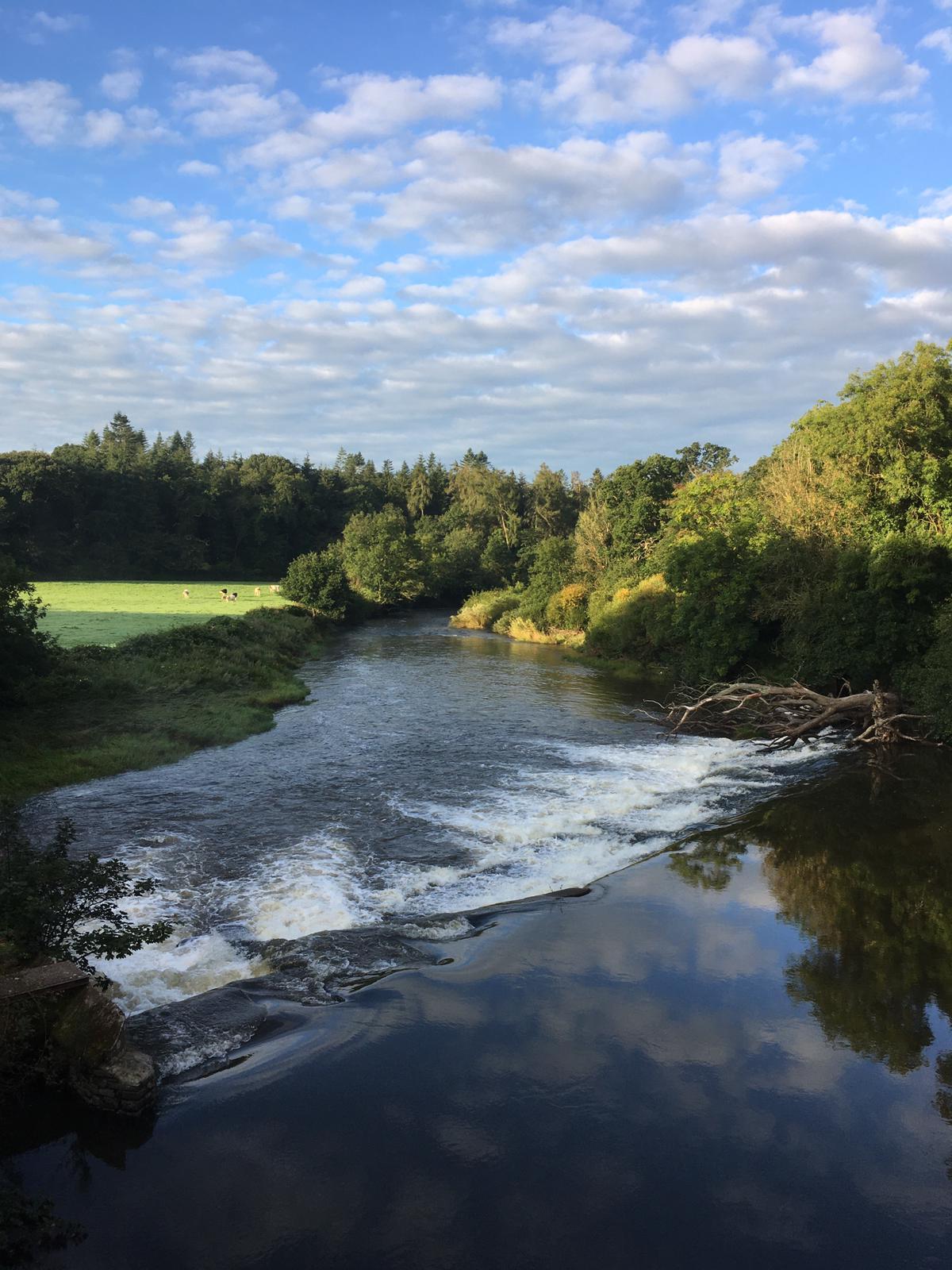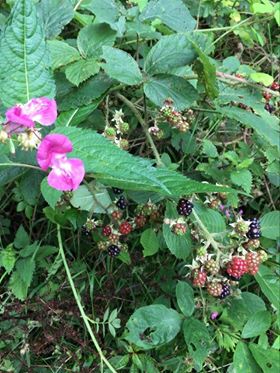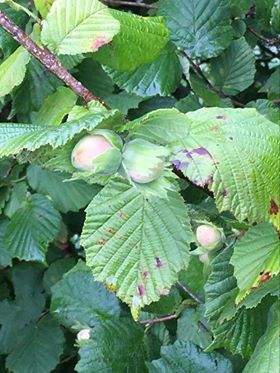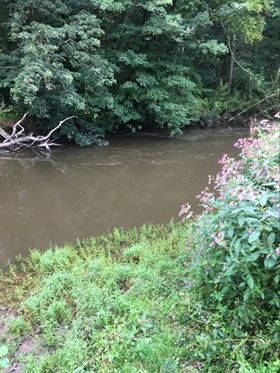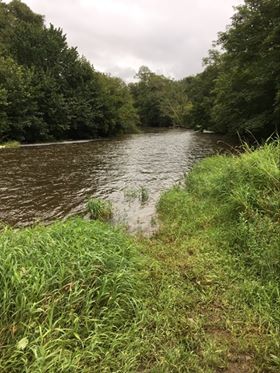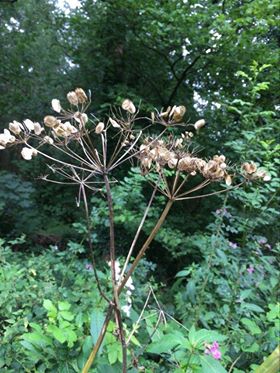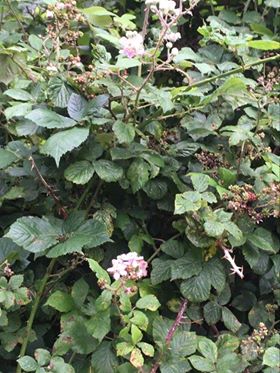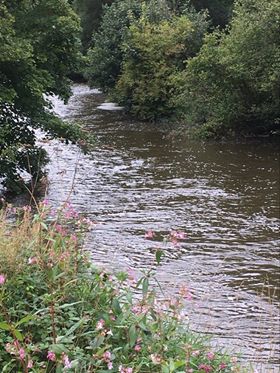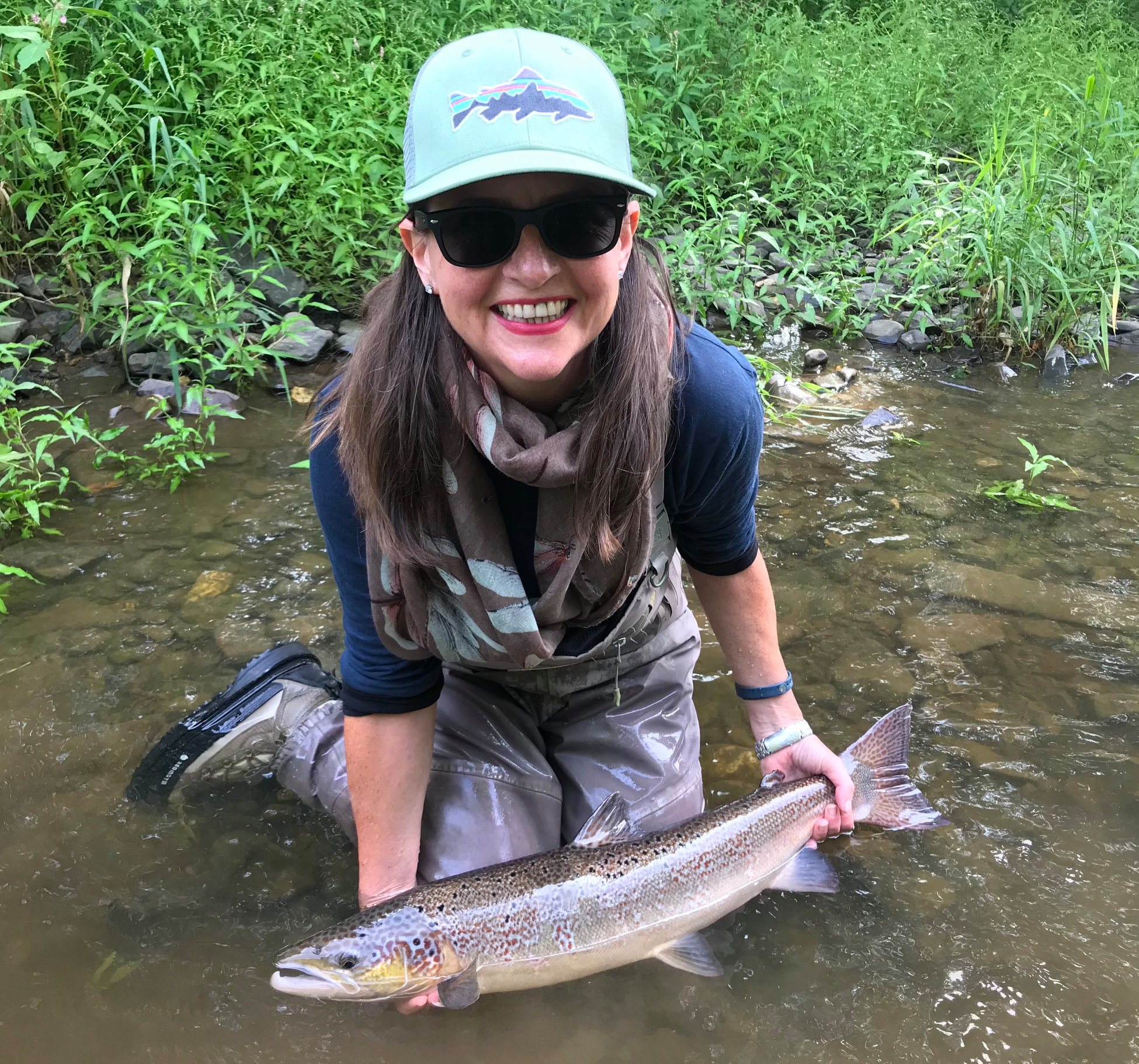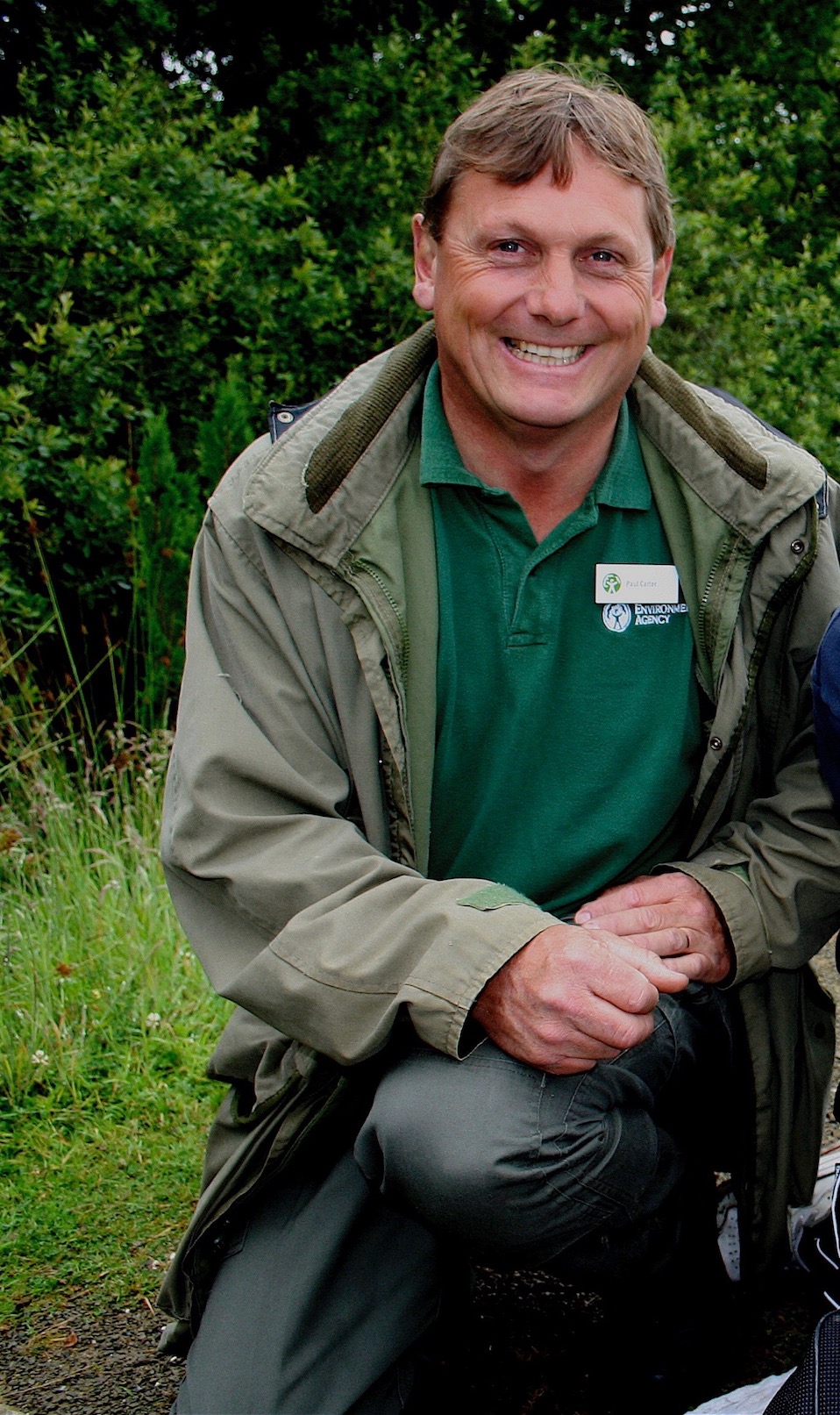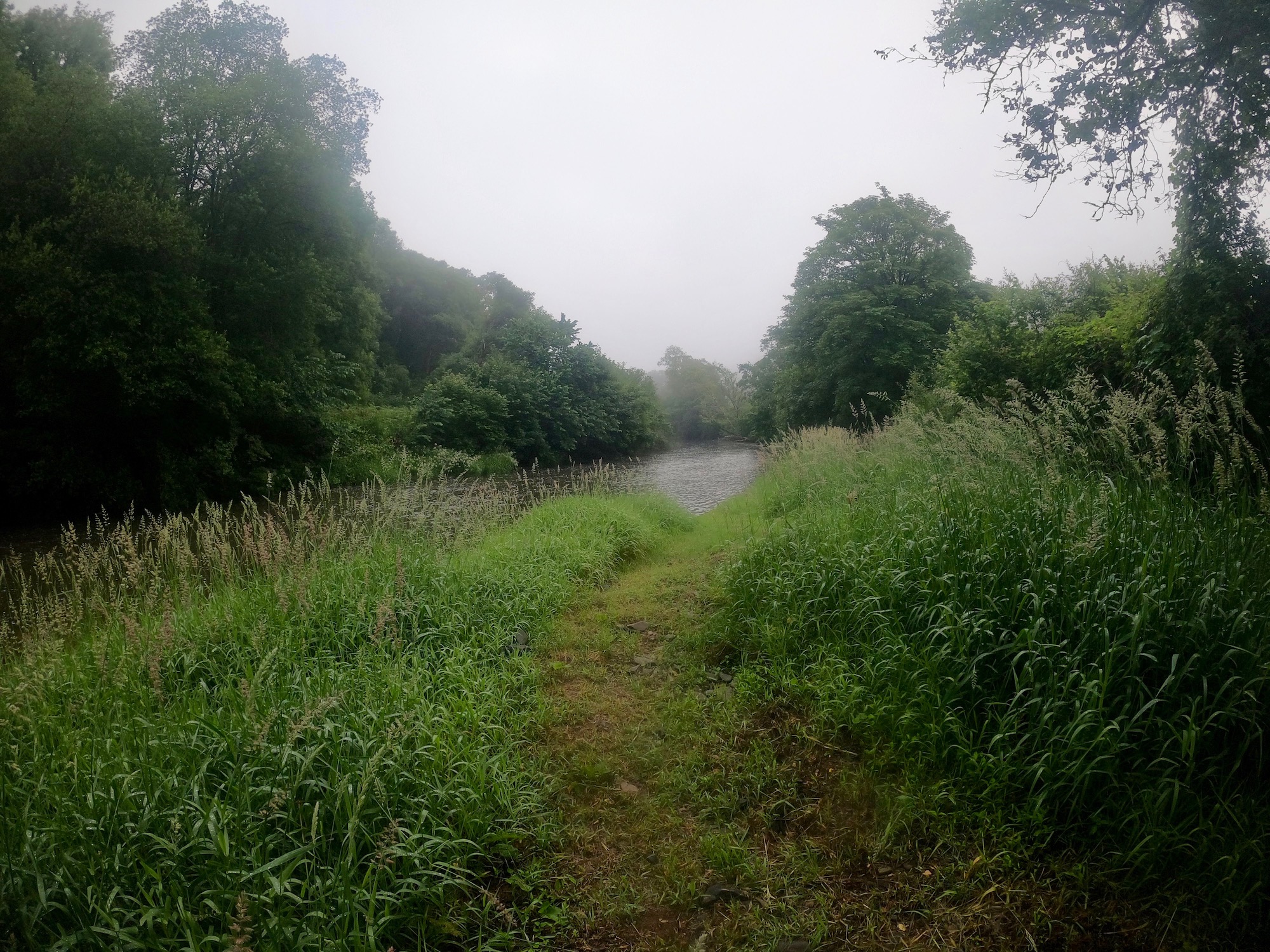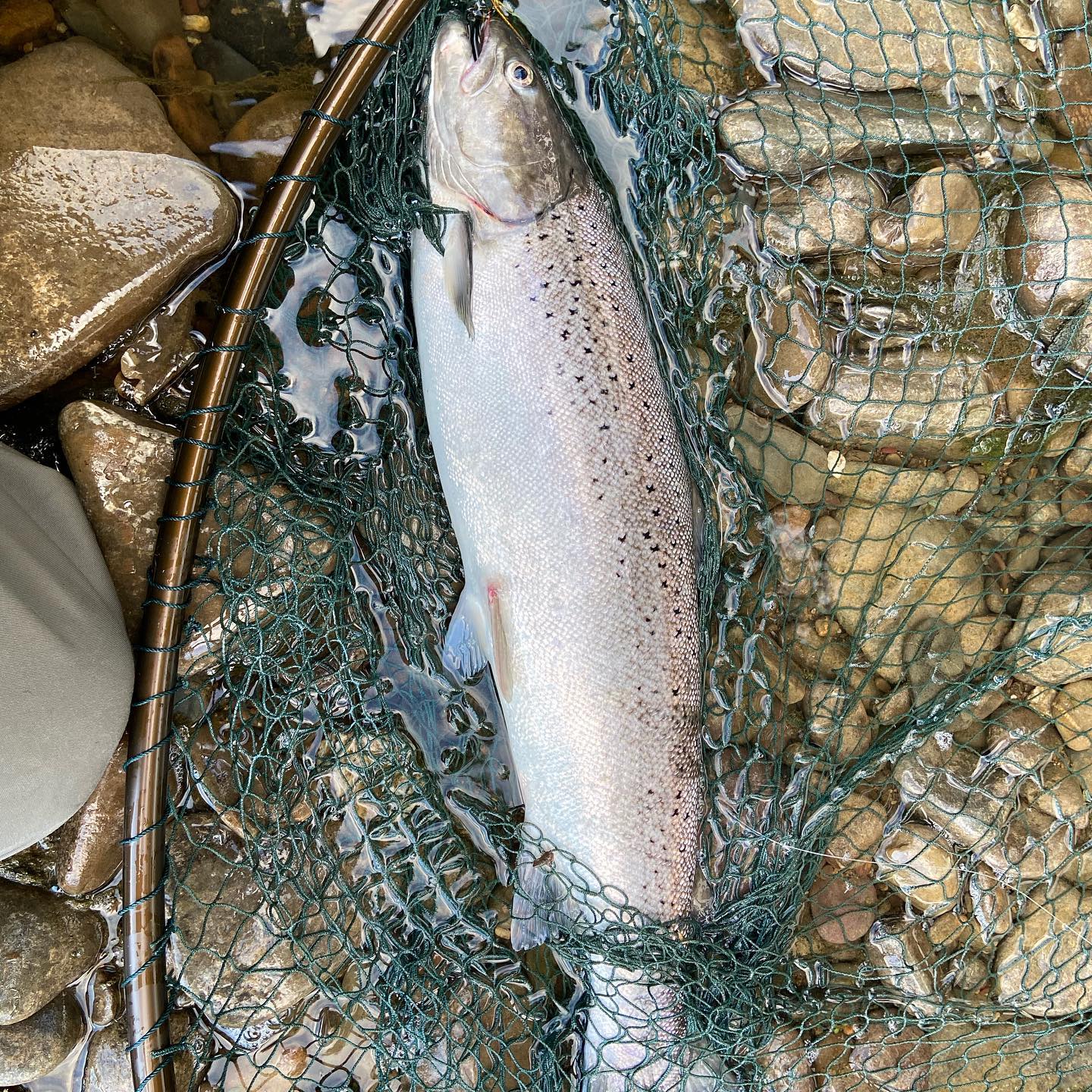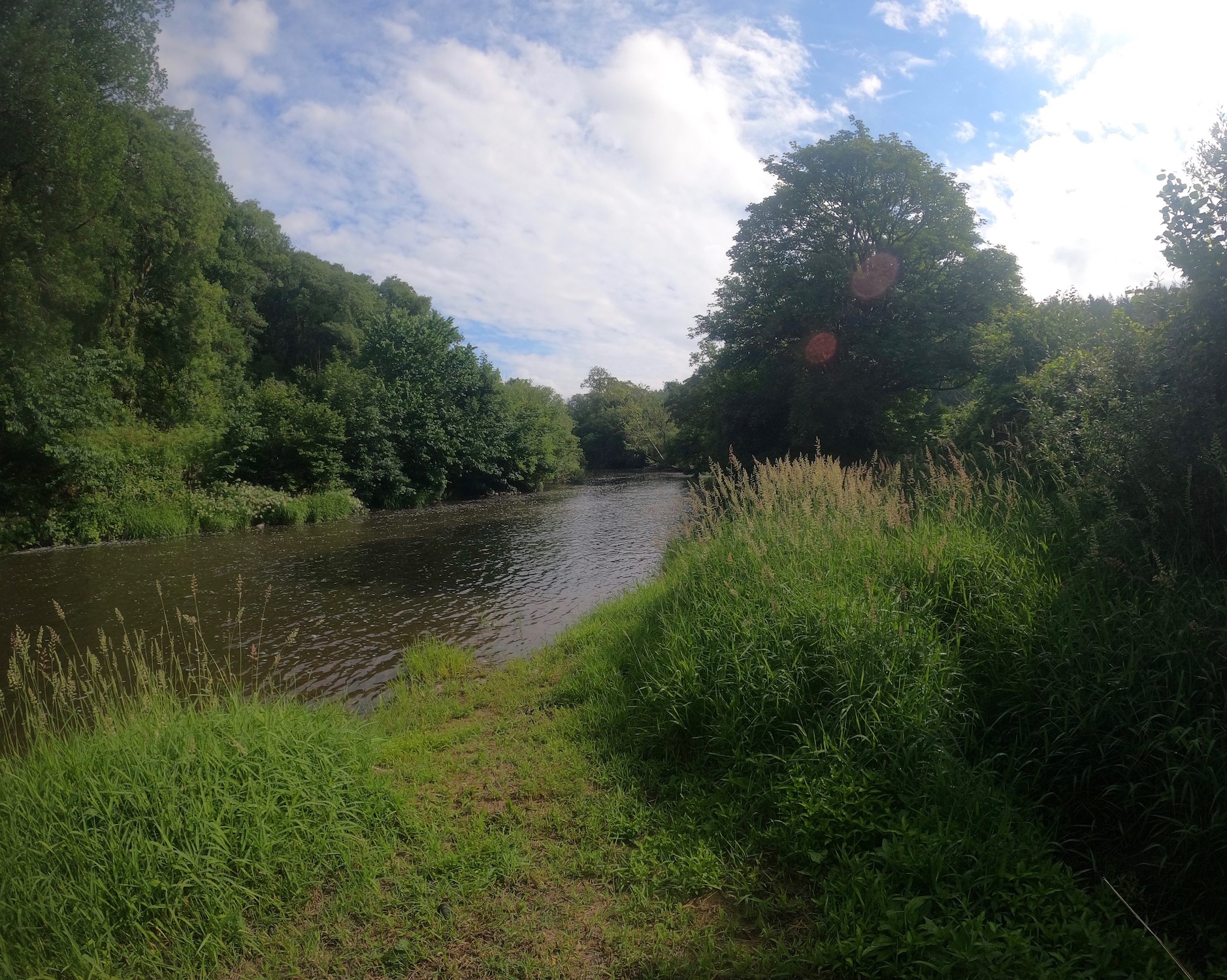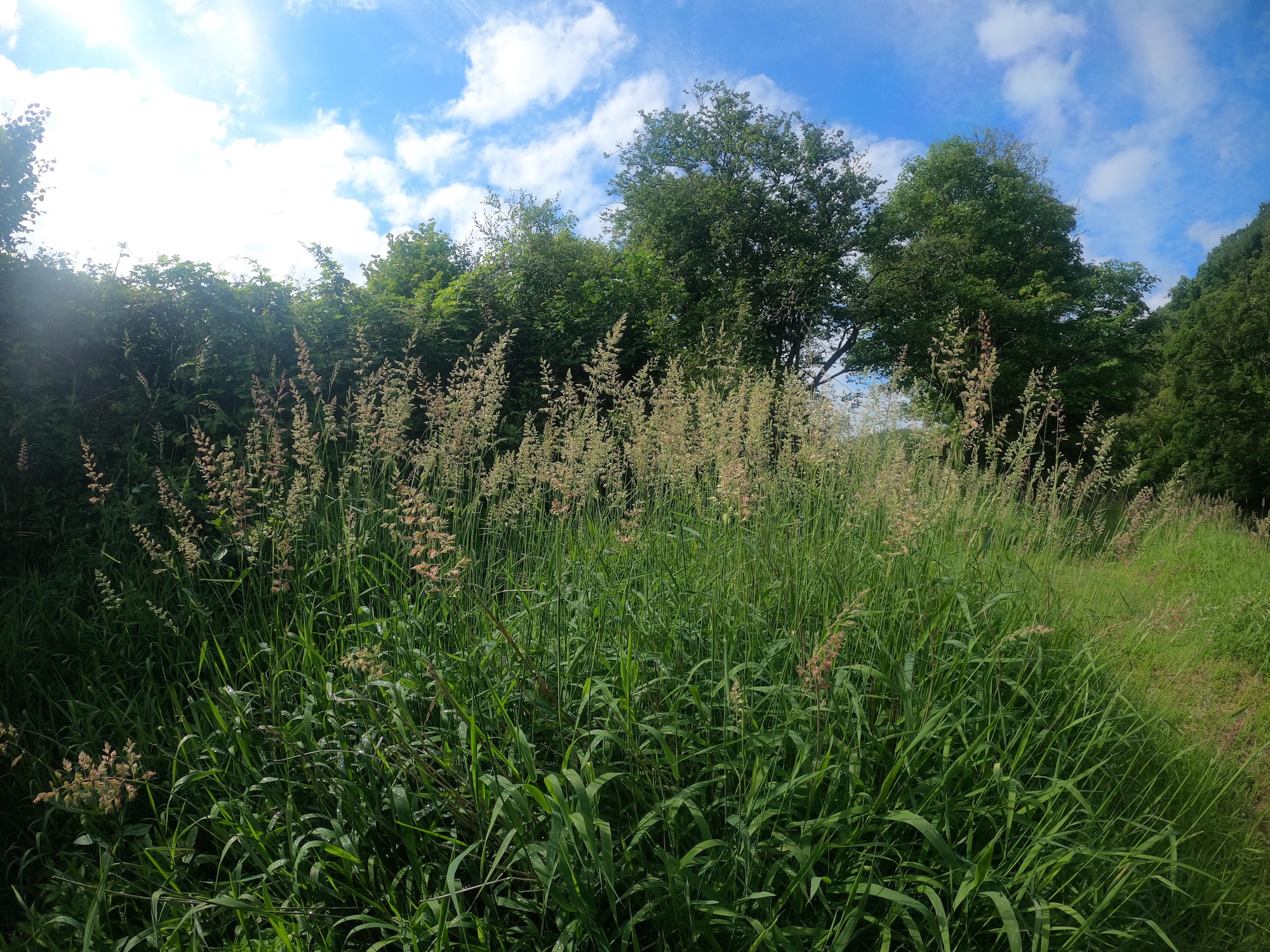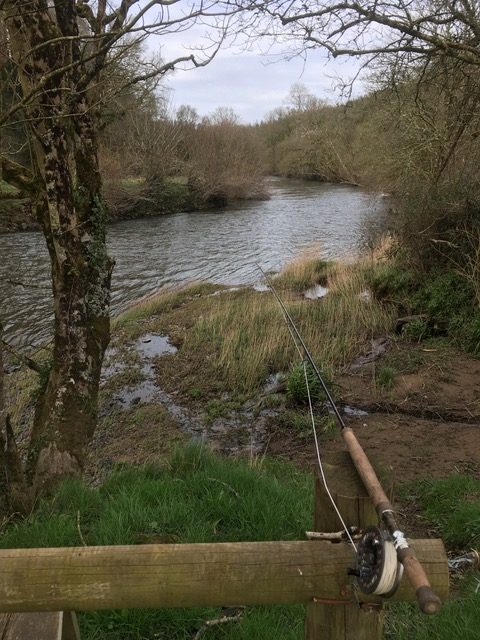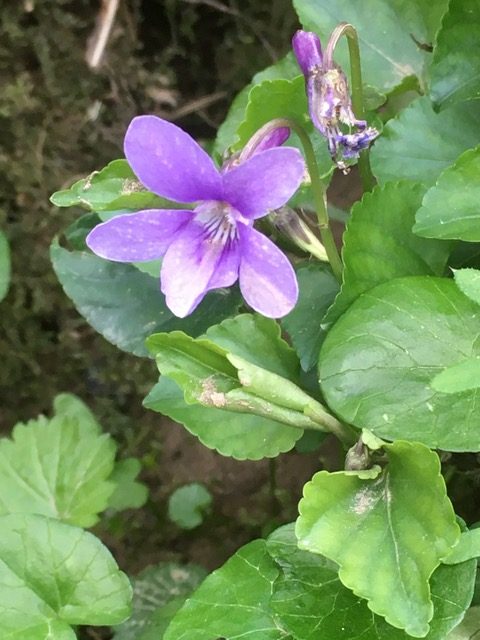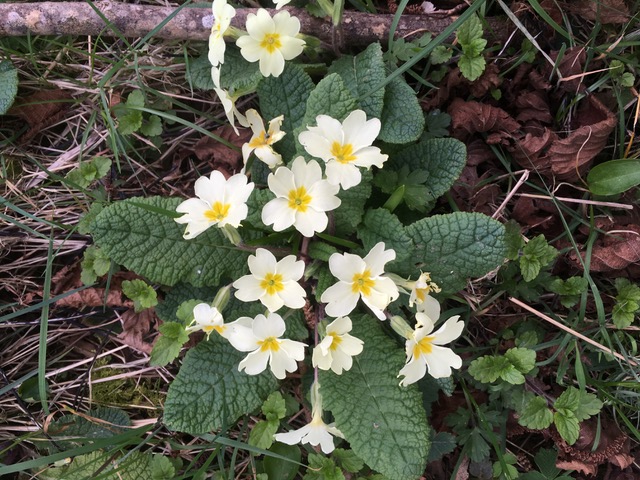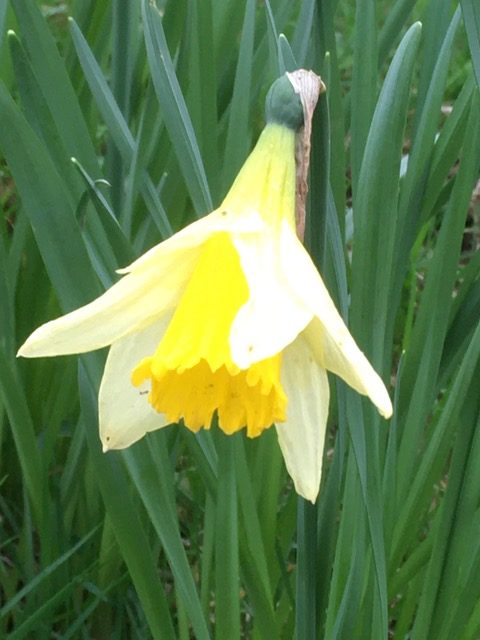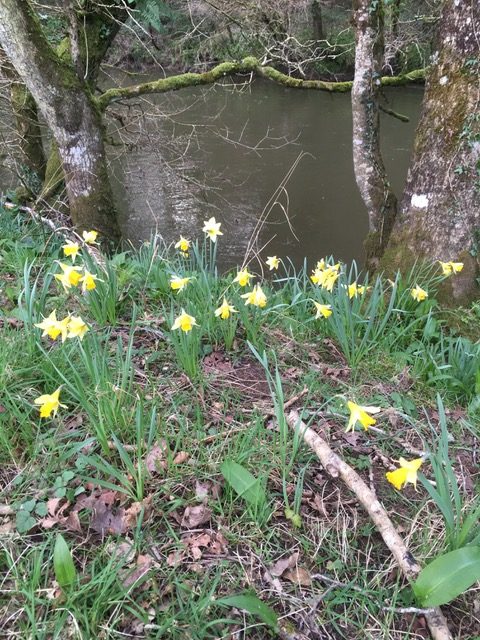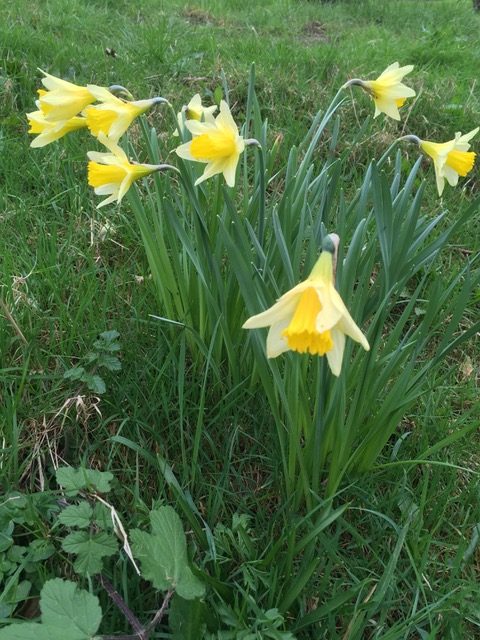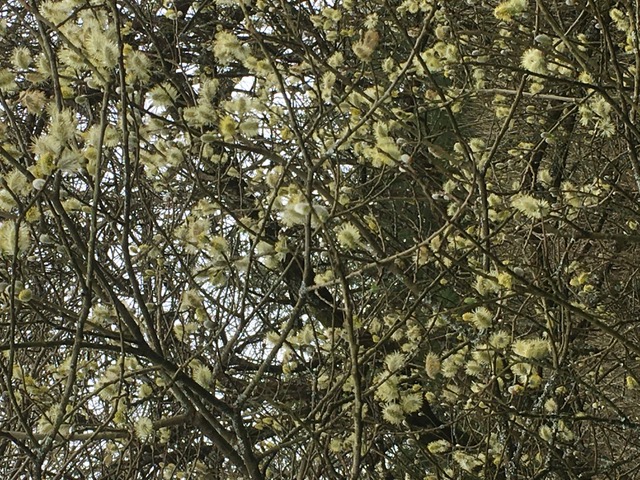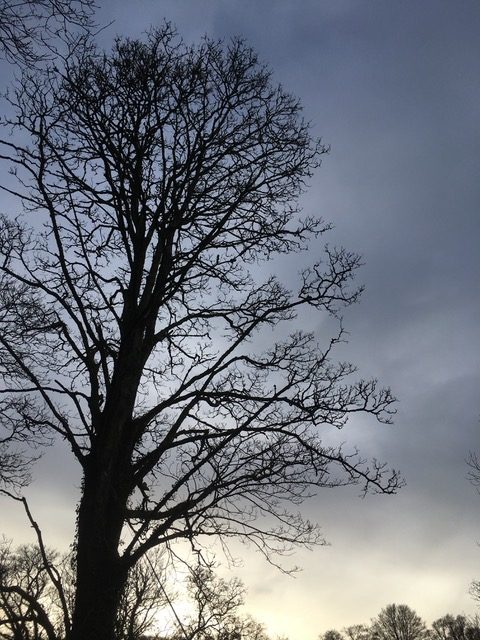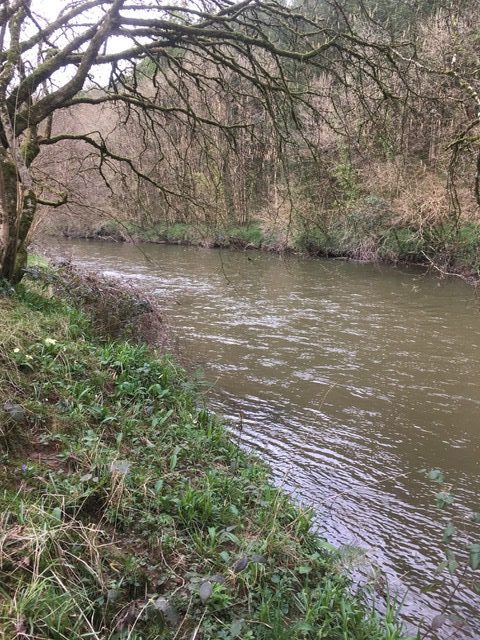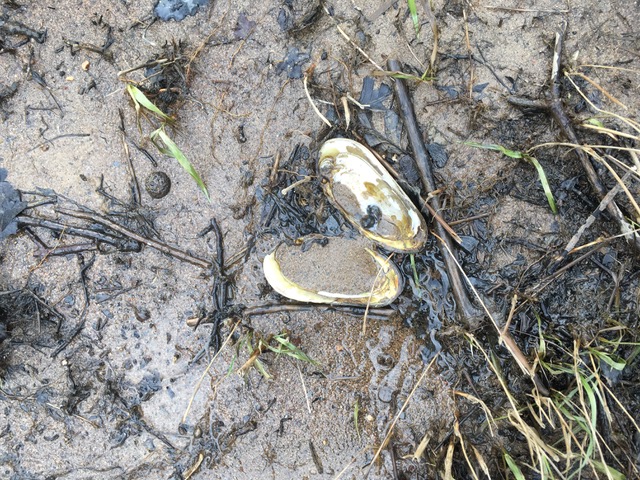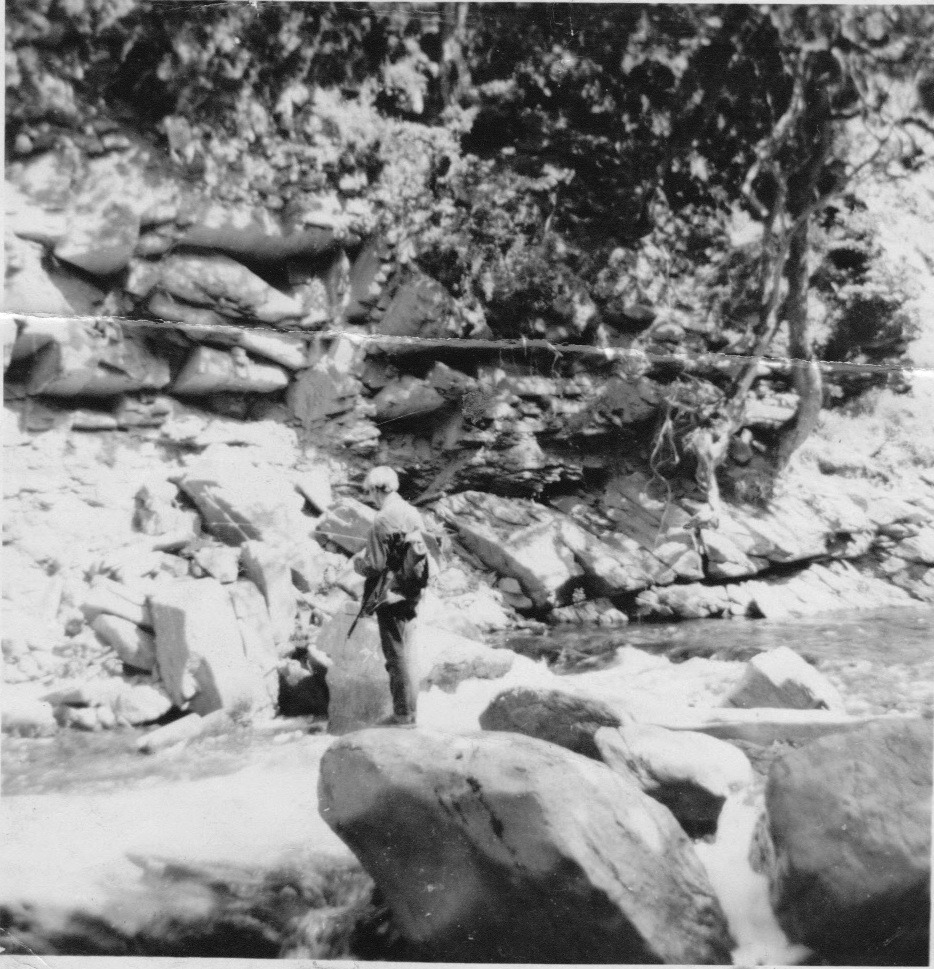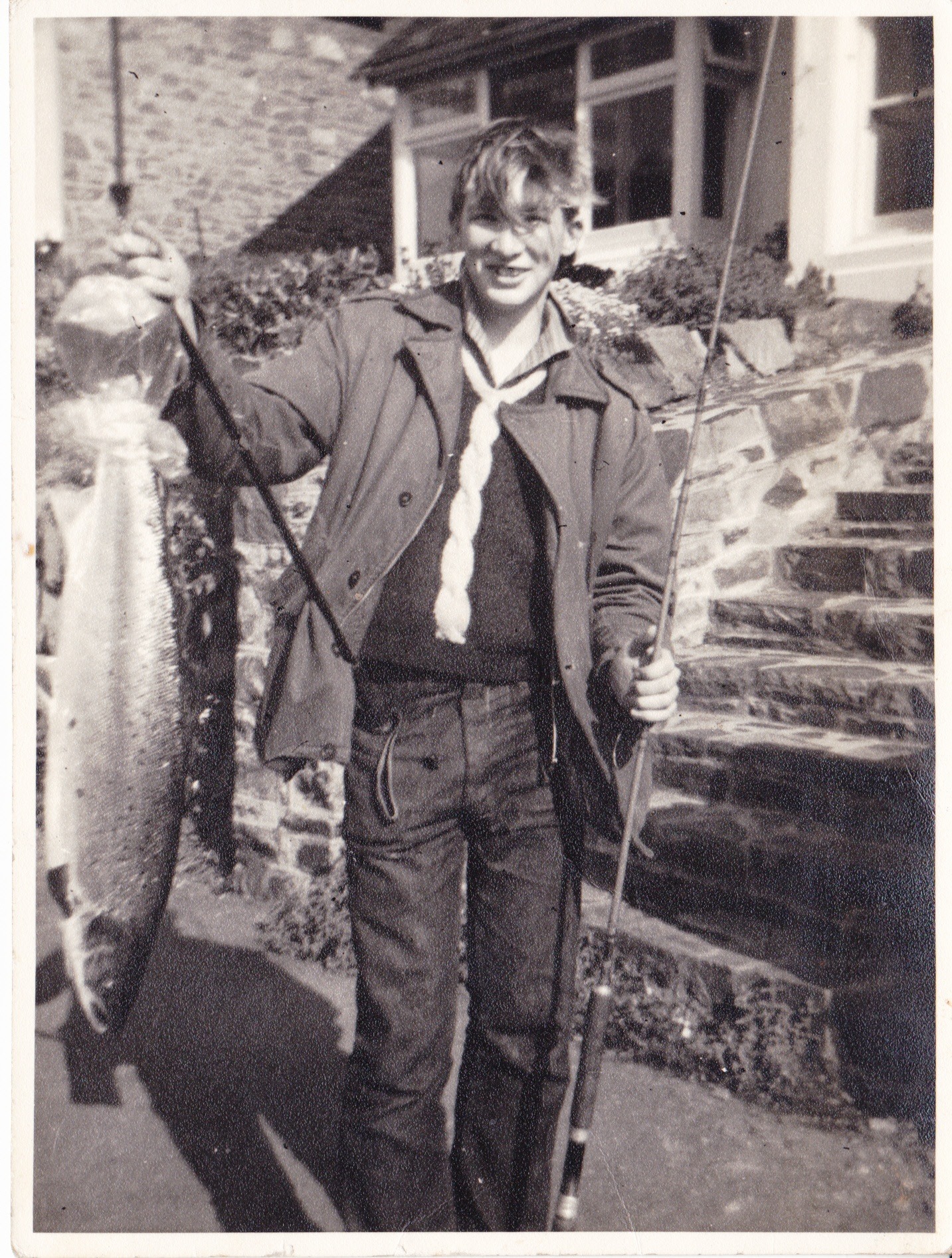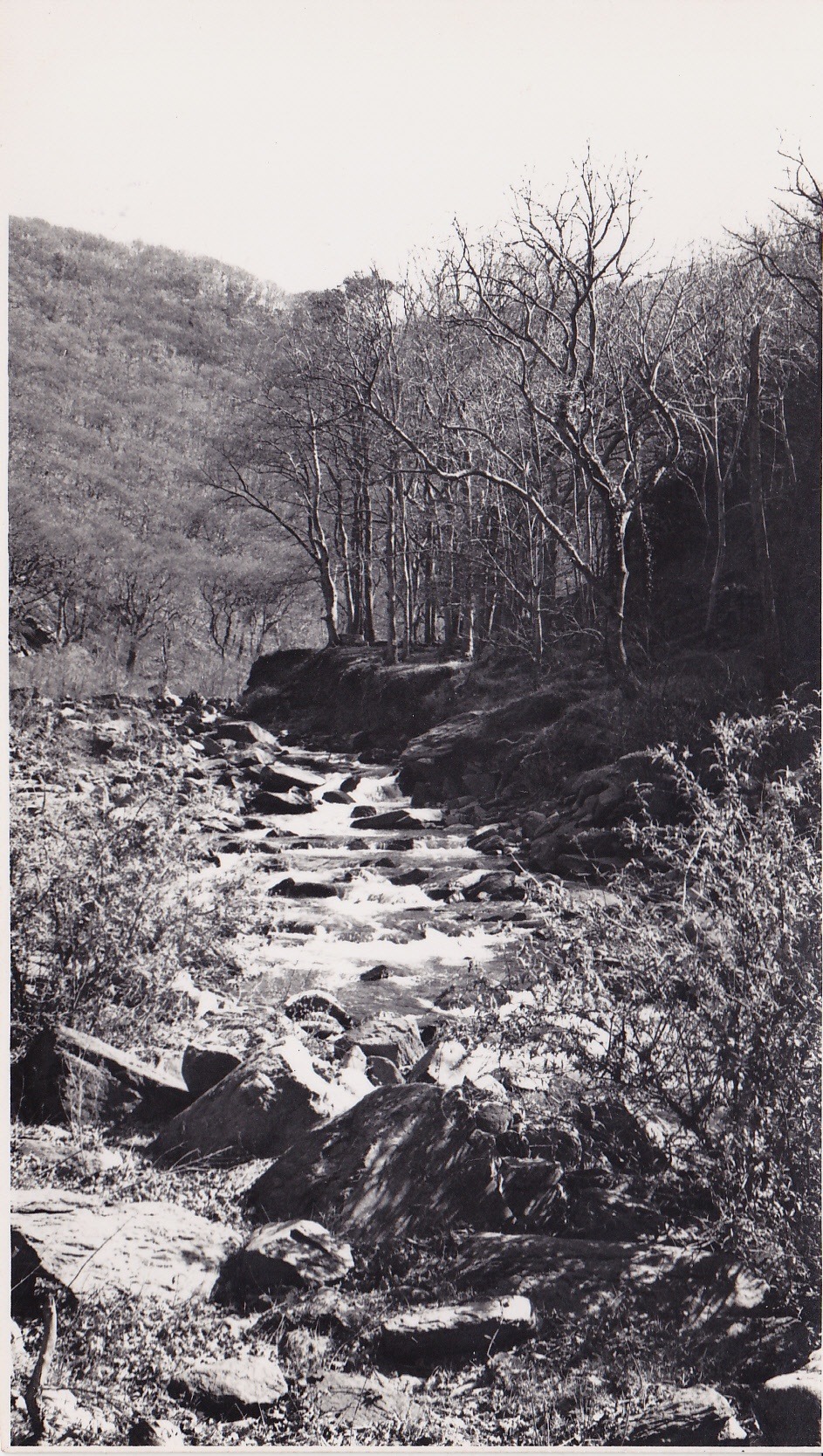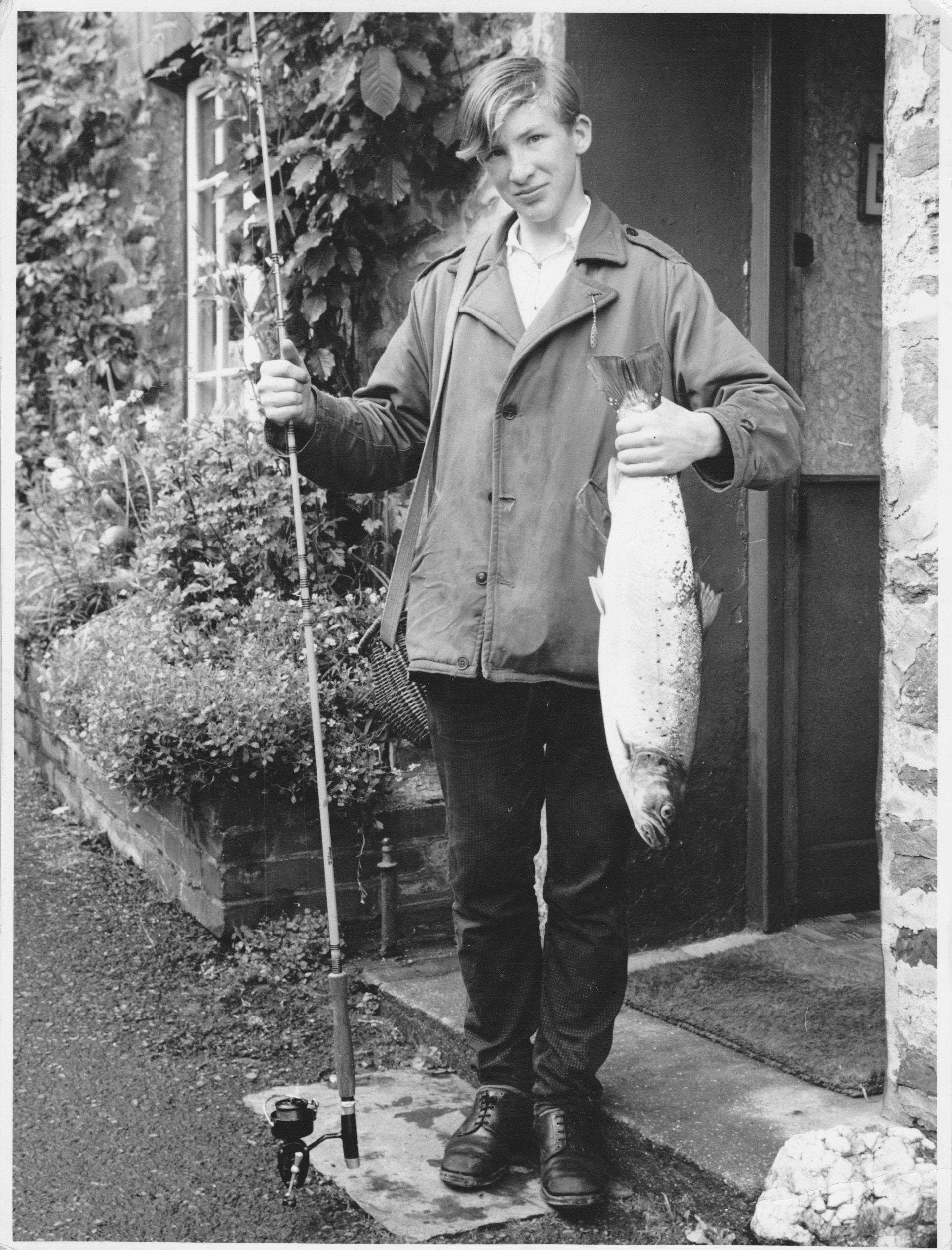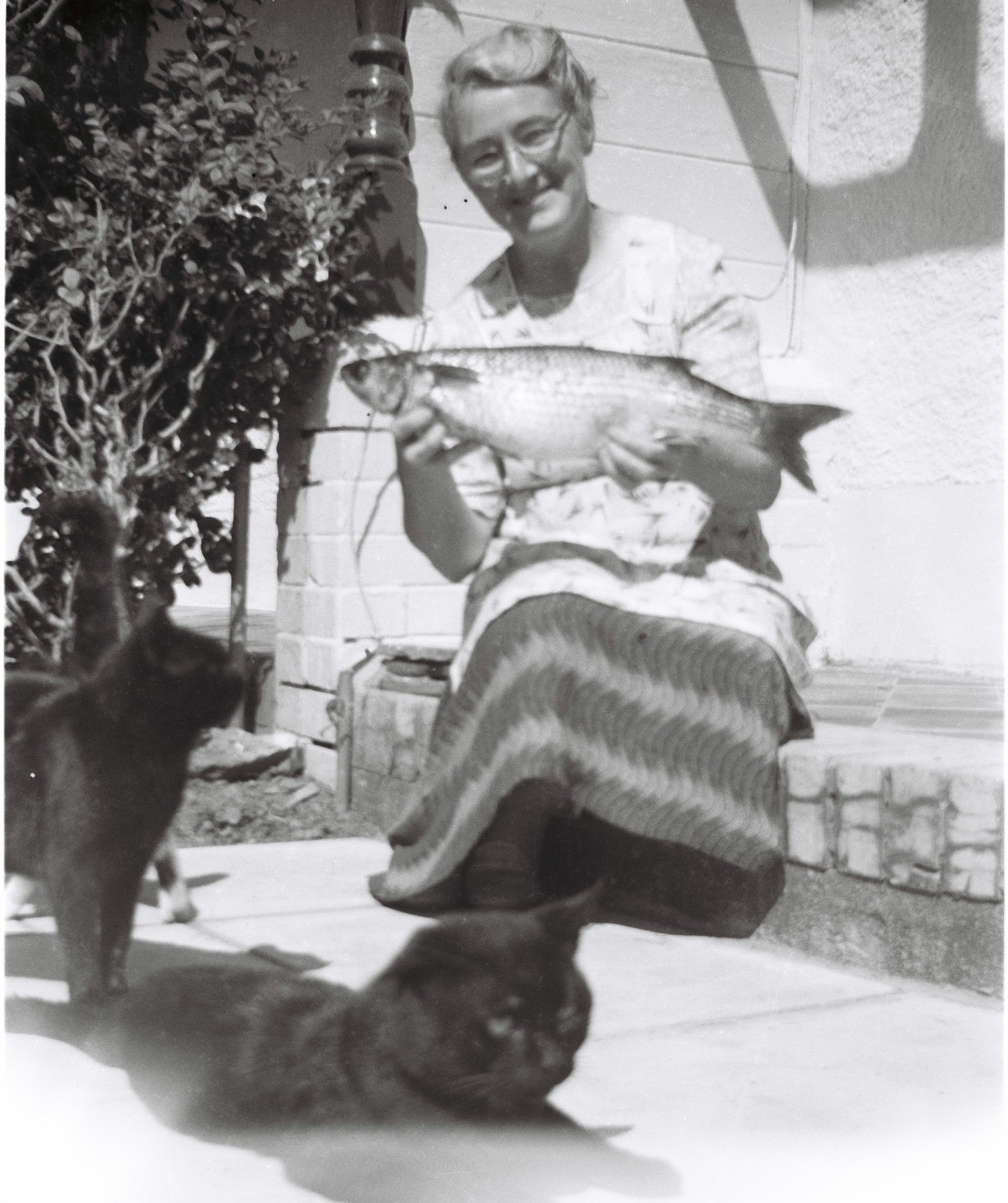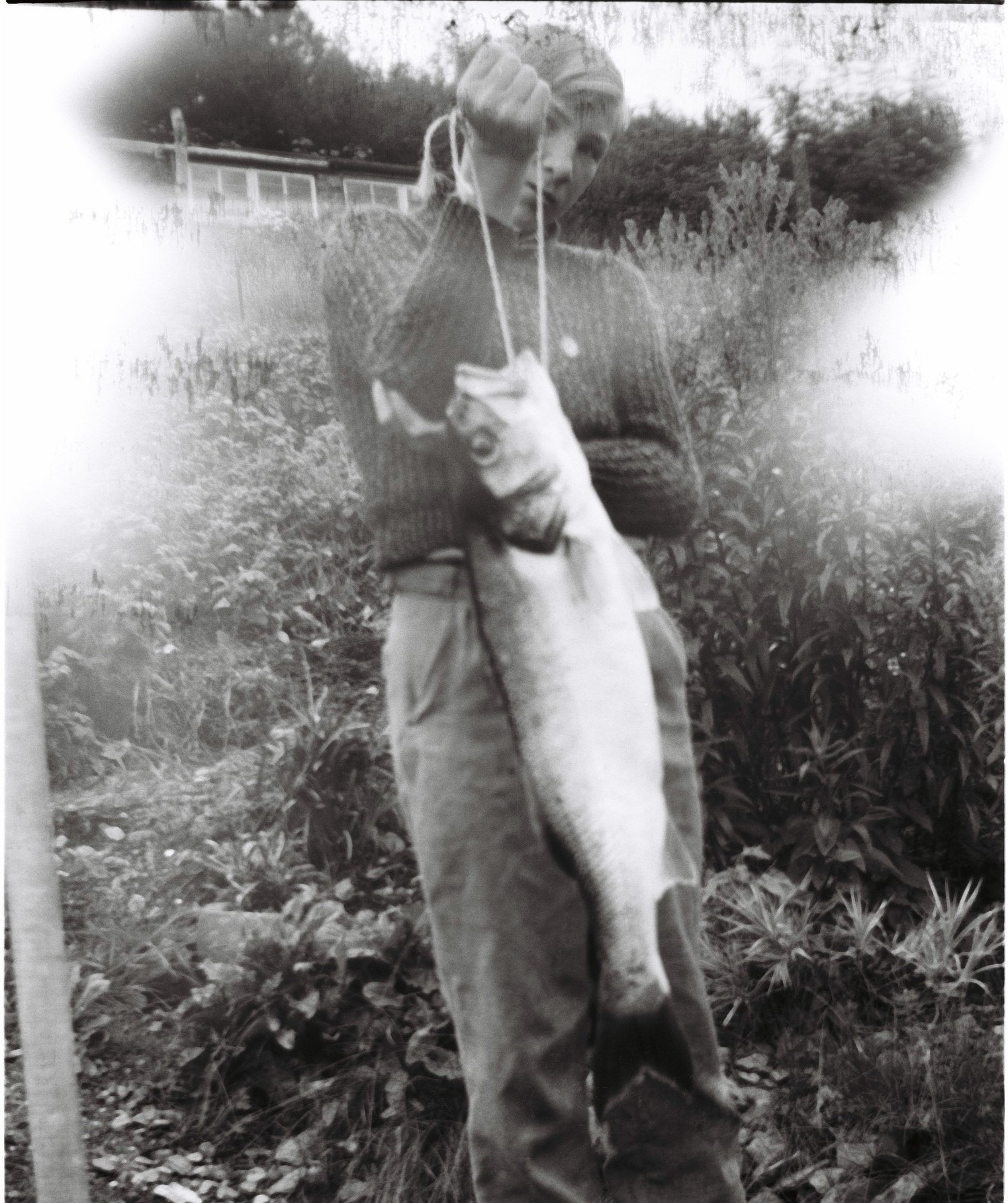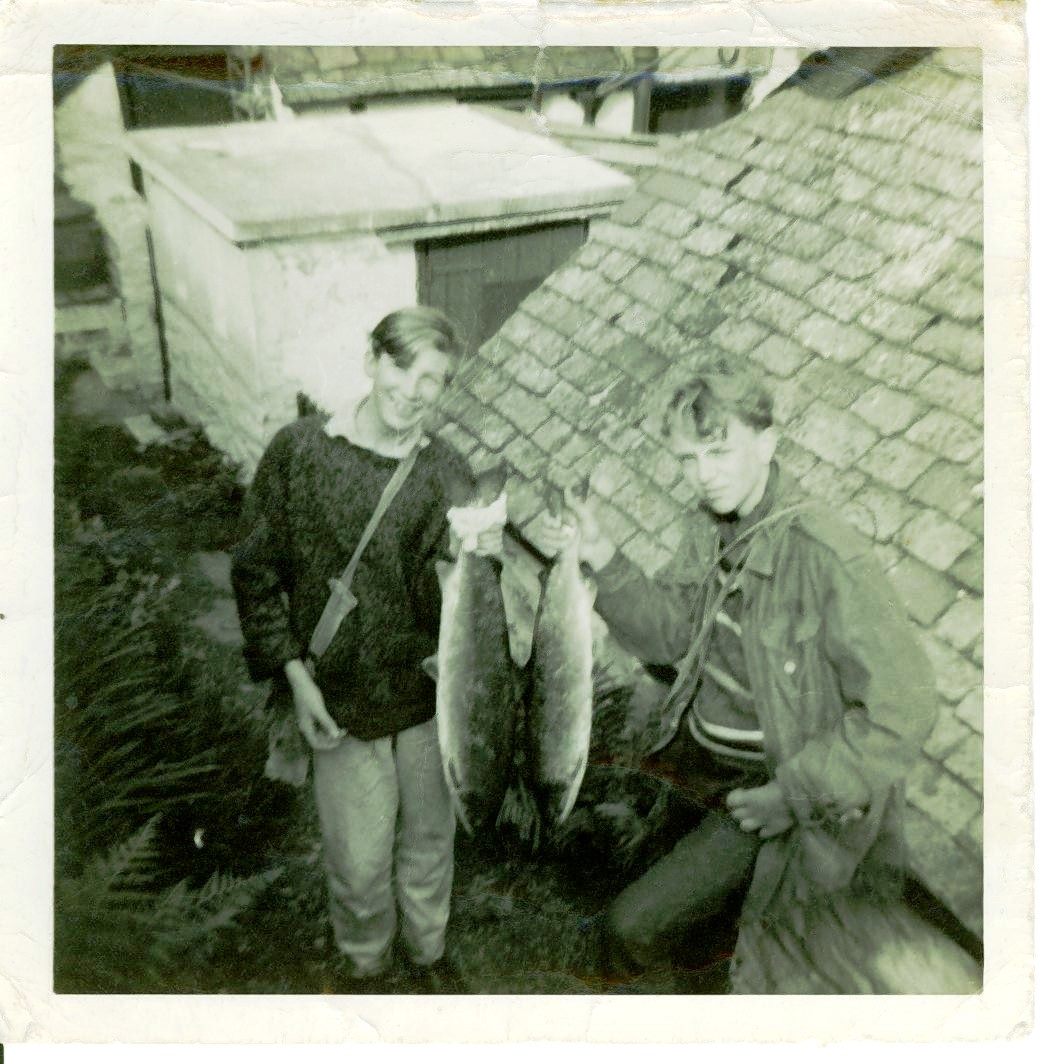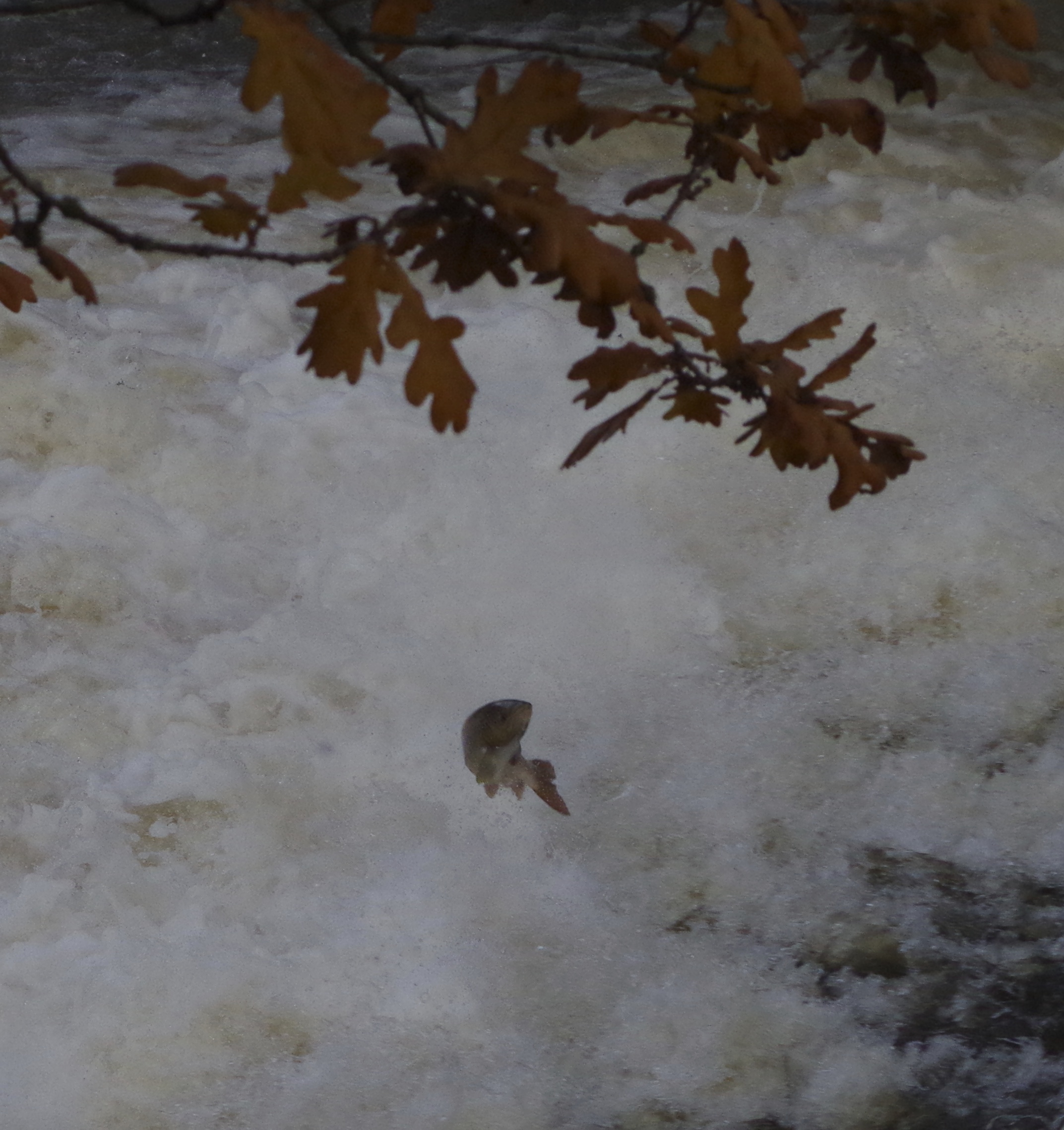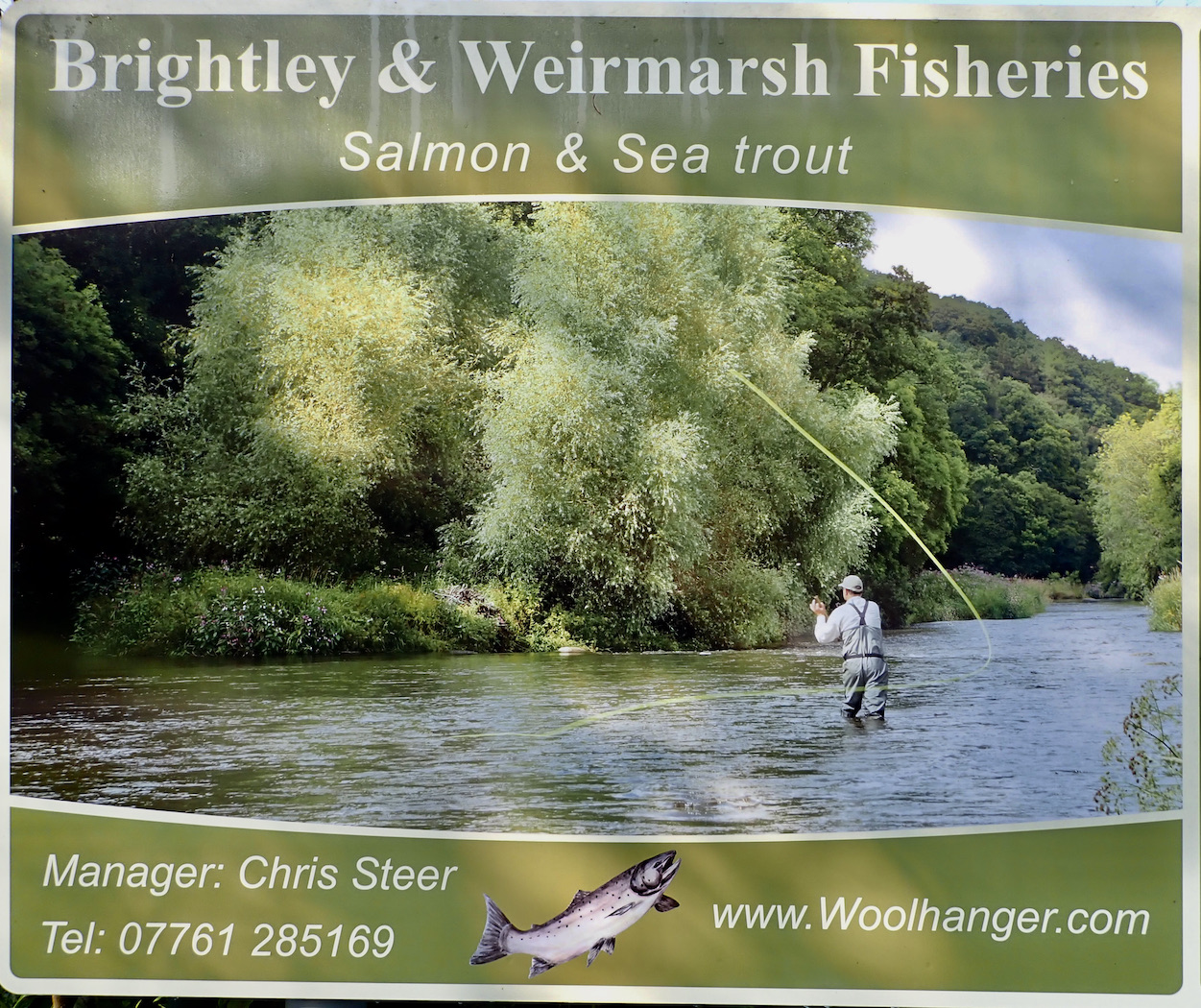
After hearing of a fresh run springer of 11lb caught by Tony Watkins on the Weirmarsh and Brightly fisheries on the River Taw I decided it was time to reacquaint myself with this prime stretch of water above Umberleigh.
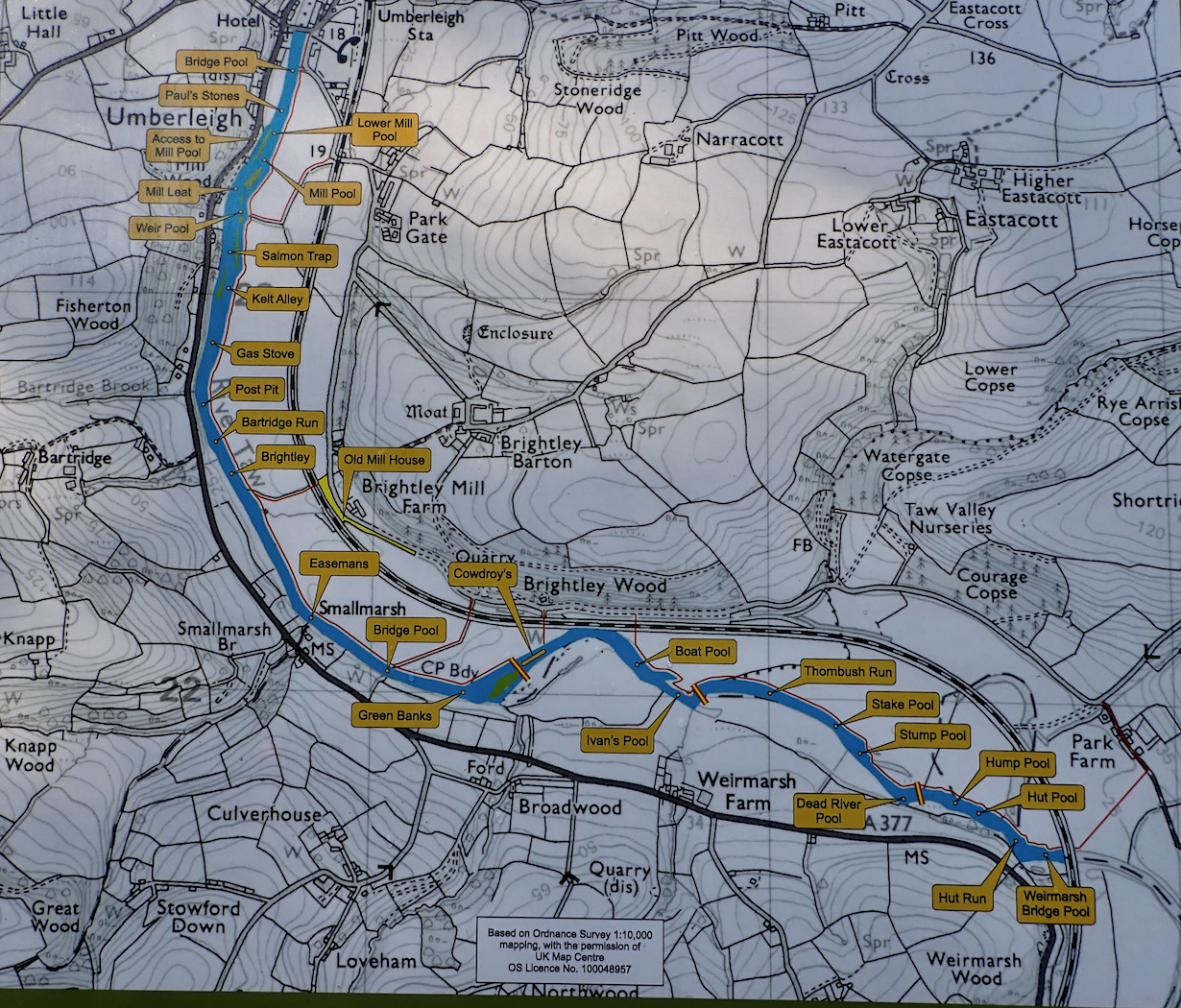
The drive to the fishery culminating in a pleasing country lane lined with spring flowers brought back happy and poignant memories of time spent with the late Ron Warwick whose bungalow overlooked the Taw valley and the river that he loved. Visits to many riverside beats and fisherman’s paths rekindle many memories of those we have known through angling and time at the waters edge. It would be impossible for me to fish the Weirmarsh and Brightly Beats without remembering Ivan Huxtable who looked after the fishing and the anglers for many years. Whilst Ivan himself was not an angler he was always very supportive of the angling community and the river. He also raised a huge amount of money for local charity’s including the North Devon Hospice with his regular sponsored walks over Exmoor.
I met with fishery manager Chris Steer for a quick and invaluable refresher on the beats and the likely holding lies enabling me to prioritise my efforts when it came to searching the water.
The fishing is split into three beats; Upper, Middle and Lower with the day rotating between beats with changeover at 1.00pm.
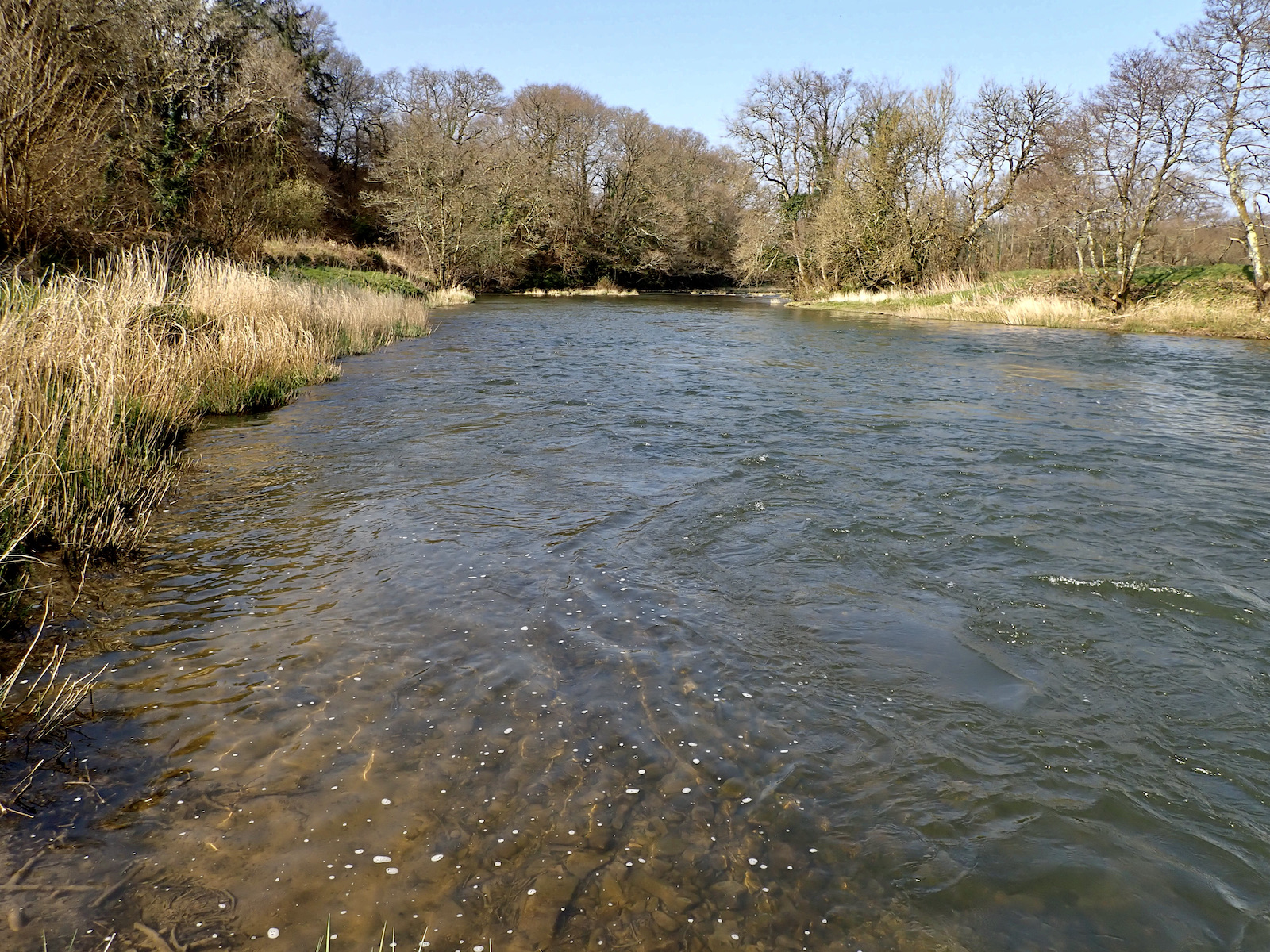
I was fishing the Upper and Middle beats both of which boast some stunning Fly water with good holding runs and pools. As Chris explained the likely holding lies, pools and crossing places I struggled to retain much of this valuable information though when I returned to the water with my rod a short time later much of the briefing had undoubtedly sunk in. As I fished methodically downriver I recalled much of Chris’s wisdom in relation to likely taking spots.
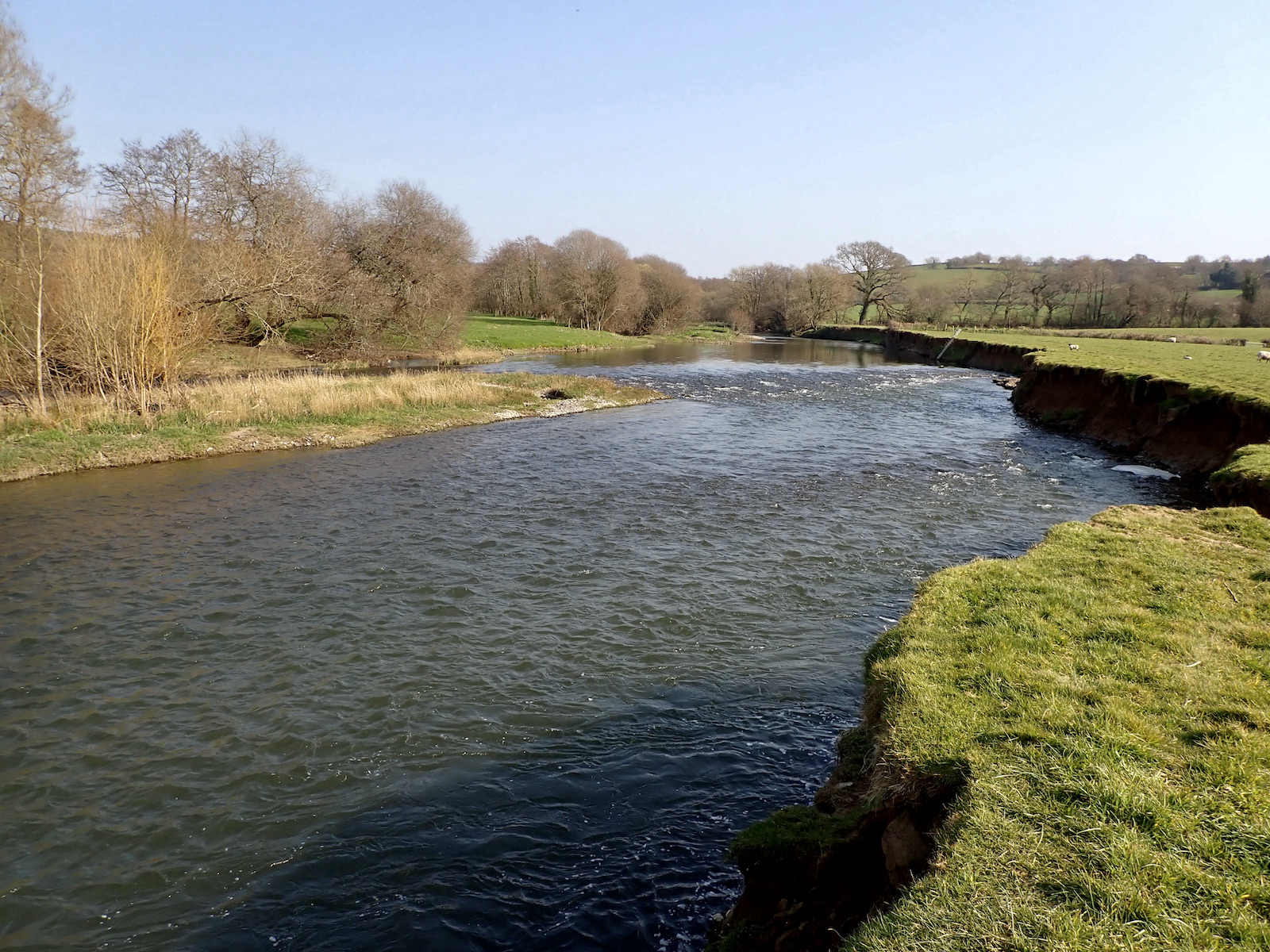
Knowledge of these taking spots are invaluable on any salmon fishery and learning where they are can require many decades of fishing. Fortunately, if anglers share their knowledge these hot spots can be passed down through the generations enabling anglers to have a better chance of hooking into that silver prize.
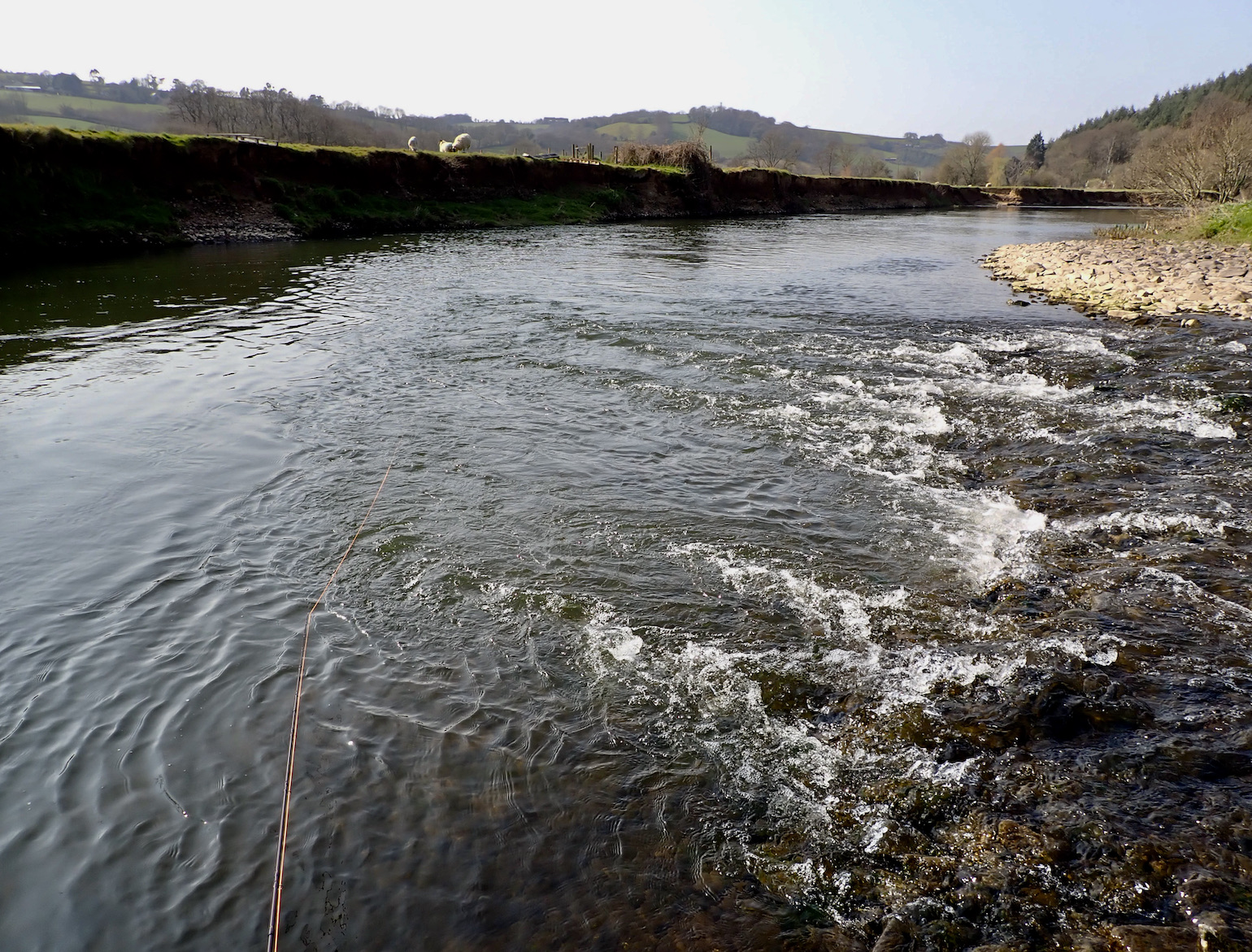
These taking spots do of course change over the years and also change in relation to the river’s height and flow. As salmon populations dwindle this knowledge built up over the generations becomes ever more vital. Whilst the river is constantly changing to a degree some features that create the perfect resting place for salmon remain. Yet learning about catching salmon becomes increasingly difficult as the experience becomes ever rarer.
I took my rod to the top beat at around 10:00am and began swinging a trusty black and yellow pattern across the first run below the railway bridge. I fished down through each pool and run methodically full of anticipation tempered with a degree of realism in that my prize whilst undoubtedly present is scarce.
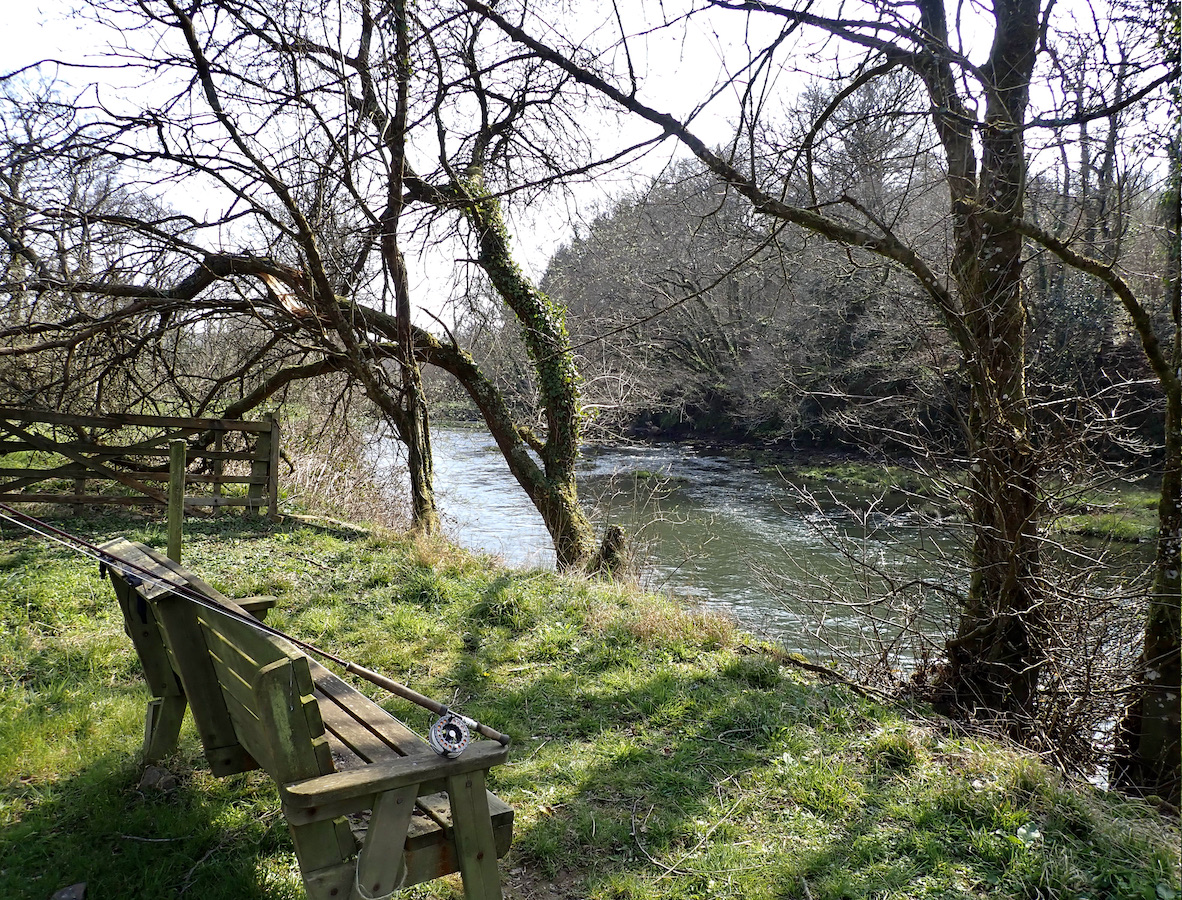
As spring flowers bloom beside the riverside path, I cannot avoid contemplating the changing times. Many have walked these paths and some of the pools reflect their names and events that have occurred. They may have sat upon the angler’s bench during times of war and trauma. They would perhaps have been reassured by the perpetually flowing water and the changing seasons. If they could perhaps through some miracle revisit they would be saddened and troubled by the demise of the salmon and sea trout along with dwindling numbers of elvers.
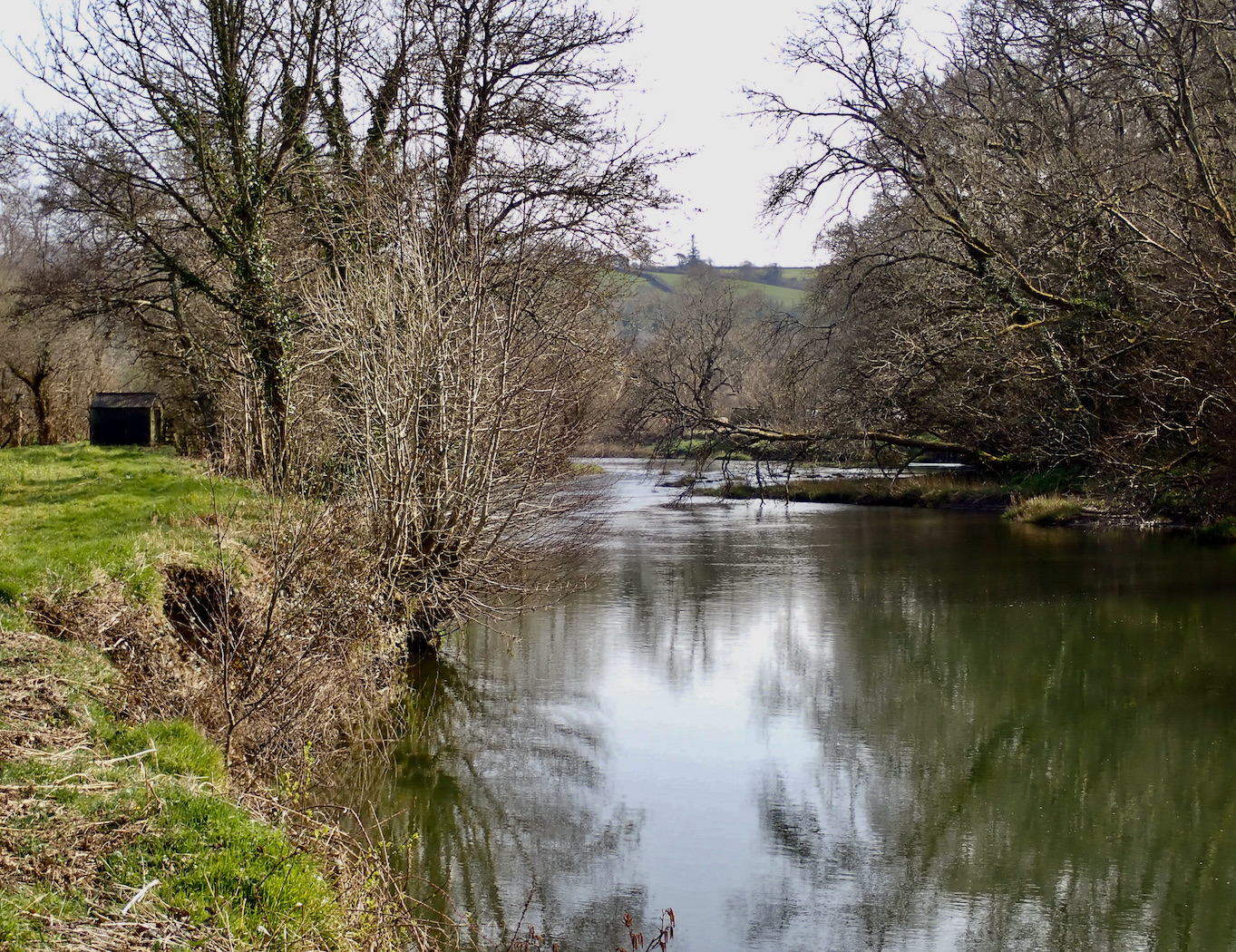
The demise of our migratory fish are undoubtedly an indication of the rivers failing health. This should be of concern to all as water is as vital to life as the air we breathe.
Myself and many others marvel at migrations undertaken by swallows, martins, swifts, cuckoos and chiff-chaffs. The sight of that first swallow always brings a sense of joy yet surely the silver salmon is equally important as an indication that all is as it should be?
Imagine the dismay if we could no longer glimpse the swallow as its scythes through the warm fragrant summer air. Surely we should be equally dismayed if salmon no longer reach our rivers?
Whilst I continually try to raise the many issues that blight our rivers it is perhaps wise to appreciate the wonders that we still have. The river on this Spring day certainly appeared in superb health with clear water and plenty of fry visible in the margins. There were also what I assume were a few olives flitting above the water though no signs of rising trout.
The warm sun beat down upon lush green fields and lambs played friskily as I waded in the cool spring river. It is pure joy to be immersed in this idyllic rural landscape and fishing somehow connects you and slows things down enabling an appreciation that is not possible during a fleeting visit or walk.
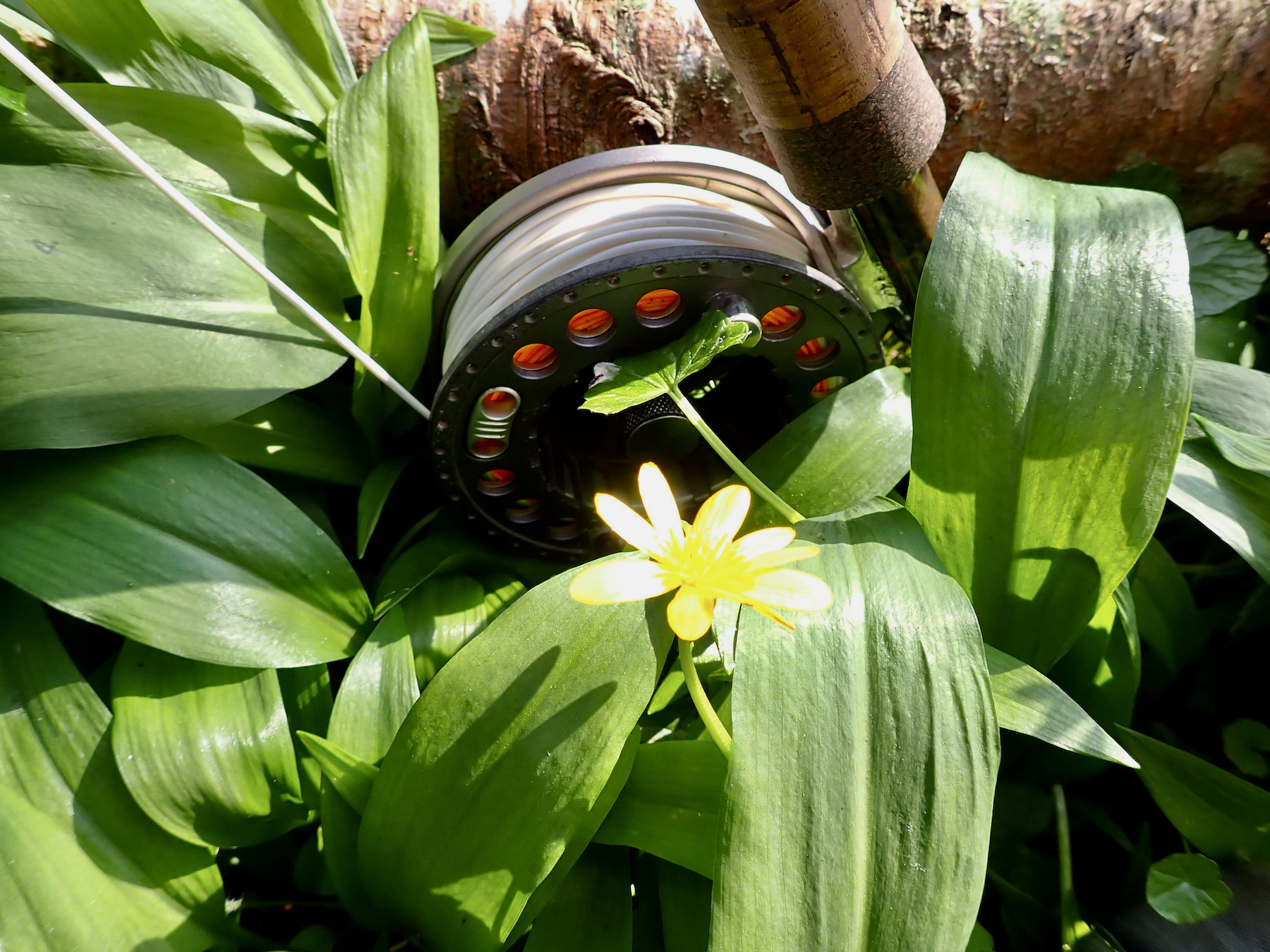
Over the years I have observed wildlife at close quarters for as an angler you merge slowly into the scene. If you observe the patience of the heron as it fishes you will notice its slow and deliberate movement. As anglers we should perhaps mimic this unhurried patient approach for there are undoubtedly far more fish in the river than we perceive.
The late great nature writer BB has this quote at the start of his many books; –
“The Wonder of the world, the beauty and the power, the shapes of things, their colours, lights and shades, these I saw.
Look ye also while life lasts.”
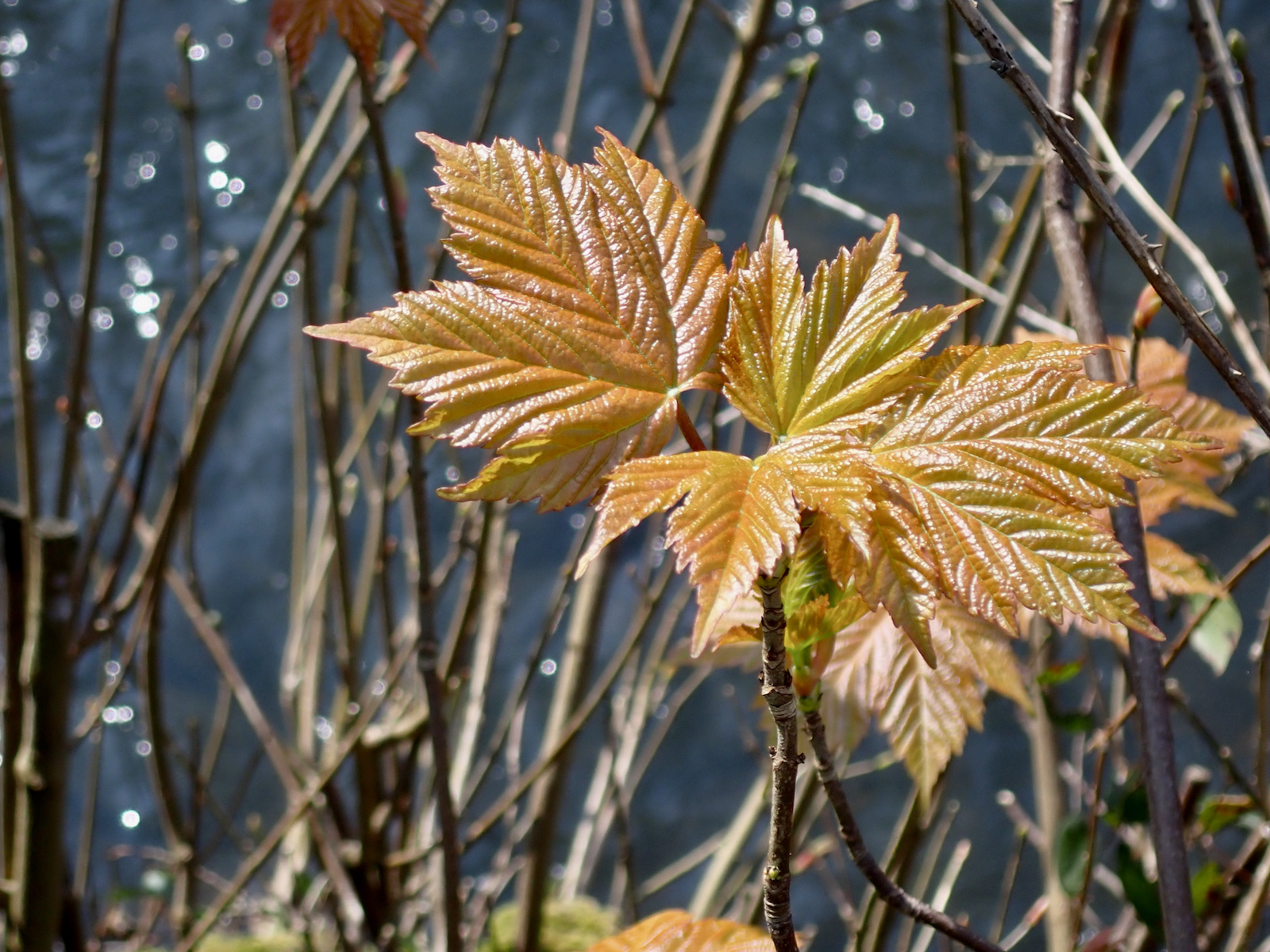
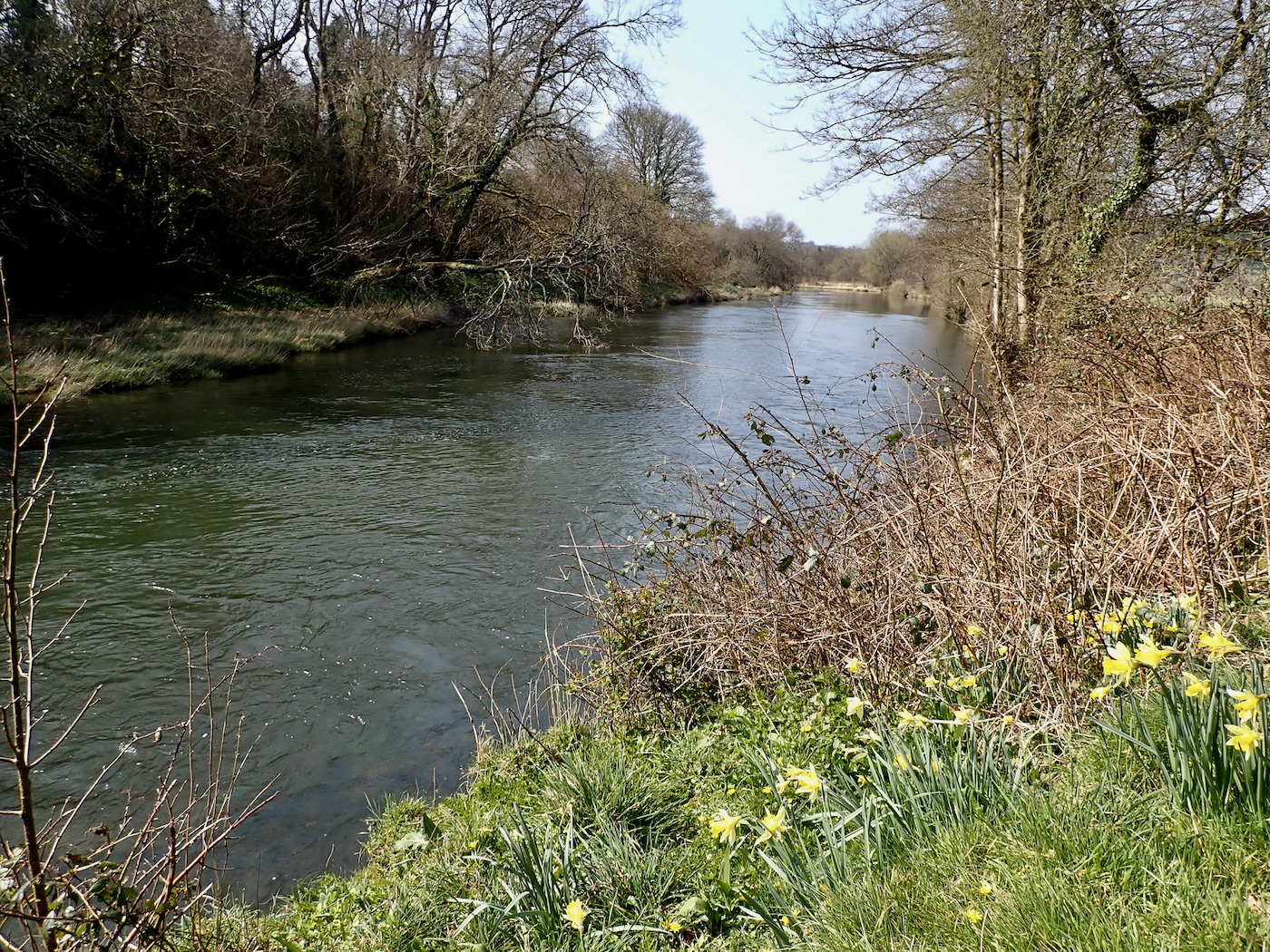
I recently received a delightful email from Dr M George who has fished the Taw for many years. Dr George expressed appreciation of the river and the wonderful environment. He had fished the river on the same day fishing further up the system. Over the years Mike has landed many salmon and sea trout during his weekly visits that are often short sessions focussing on the prime taking spots. He gave a valuable piece of advice in that he always holds the rod very high as salmon take “On the dangle” and hook themselves against the loop in the line. No loop a tug but no fish ! I reflected upon this as I read the email for during my day on the river I had received a strong tug as I lifted the fly to recast. Perhaps if I had just slowed down and given a little slack a silver salmon would have pulsed at the end of my line? As we fish we learn and modify our stance those little amendments can eventually make us better anglers. Many thanks to Dr M George for sending the beautiful images (Below) from the River Taw.
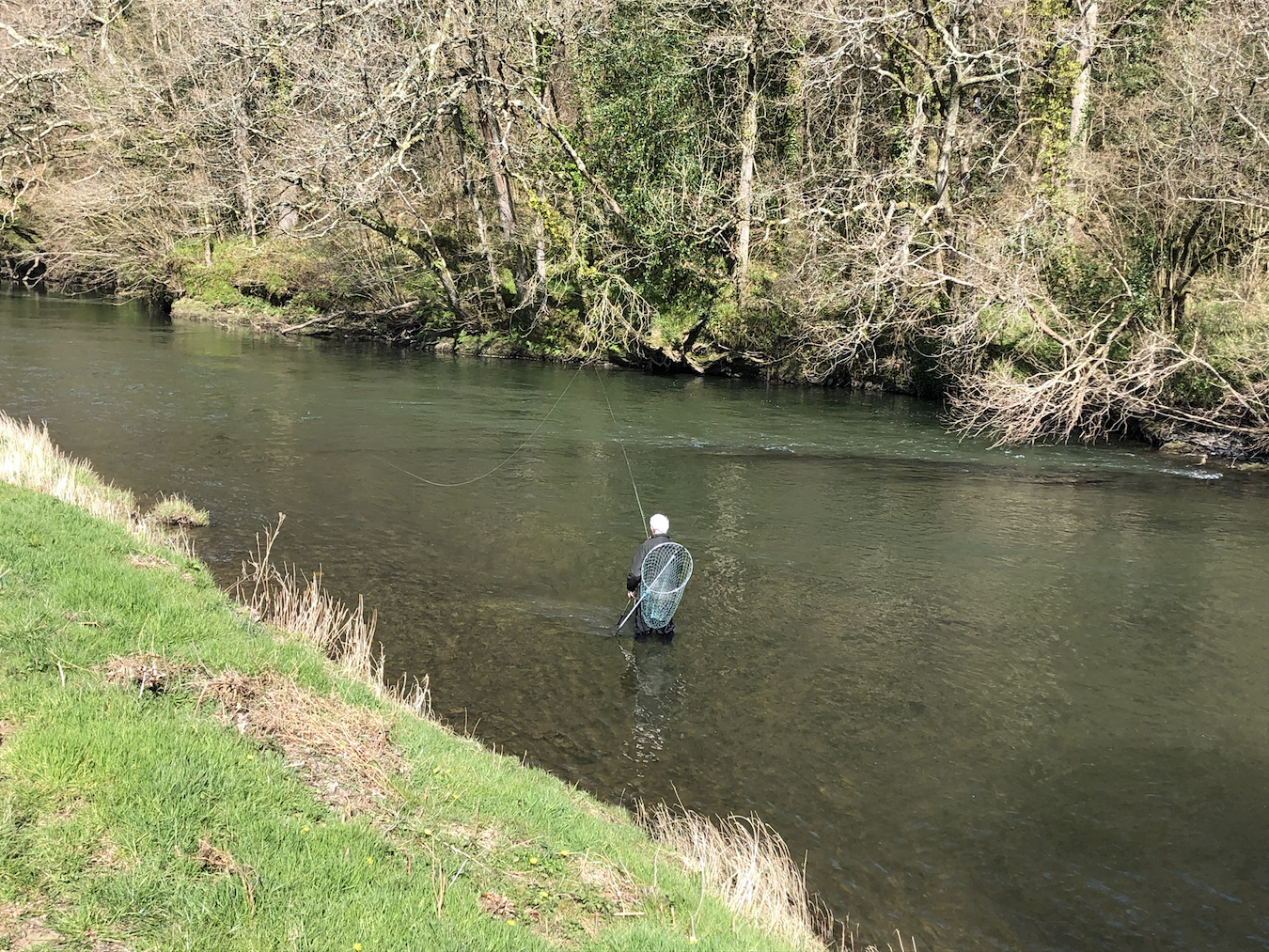


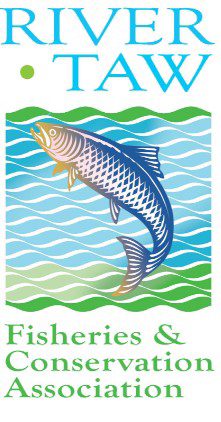
Those who value the River Taw should consider joining the River Taw Fisheries & Conservation Association.
http://www.rivertawfisheries.co.uk/index.html


